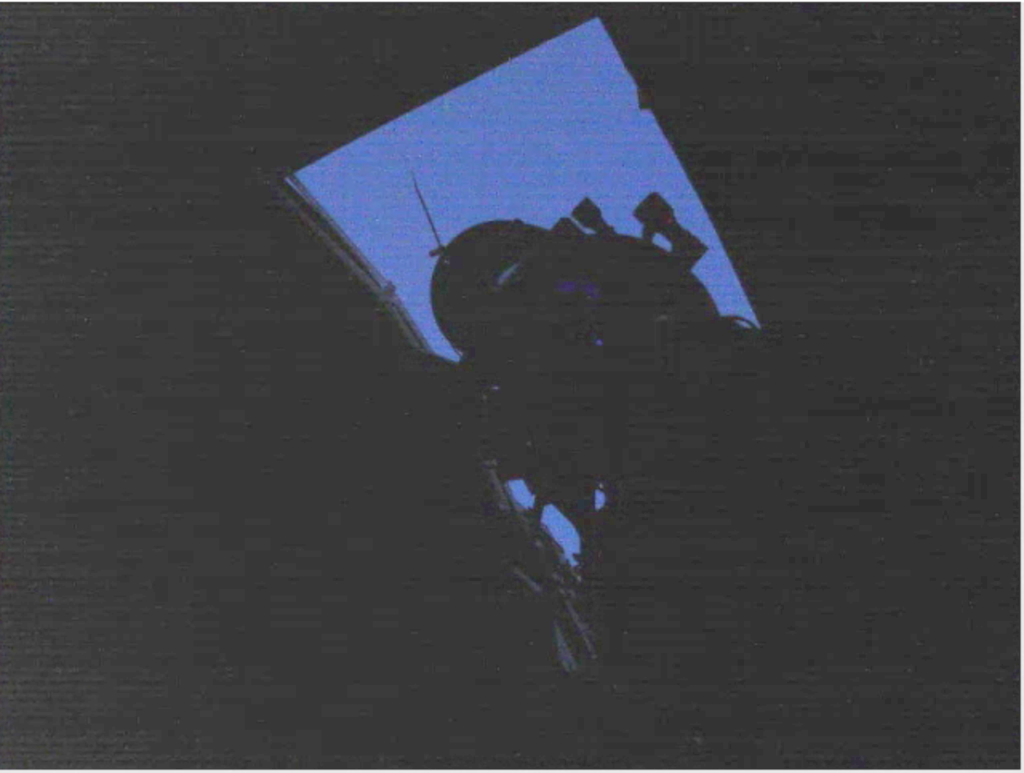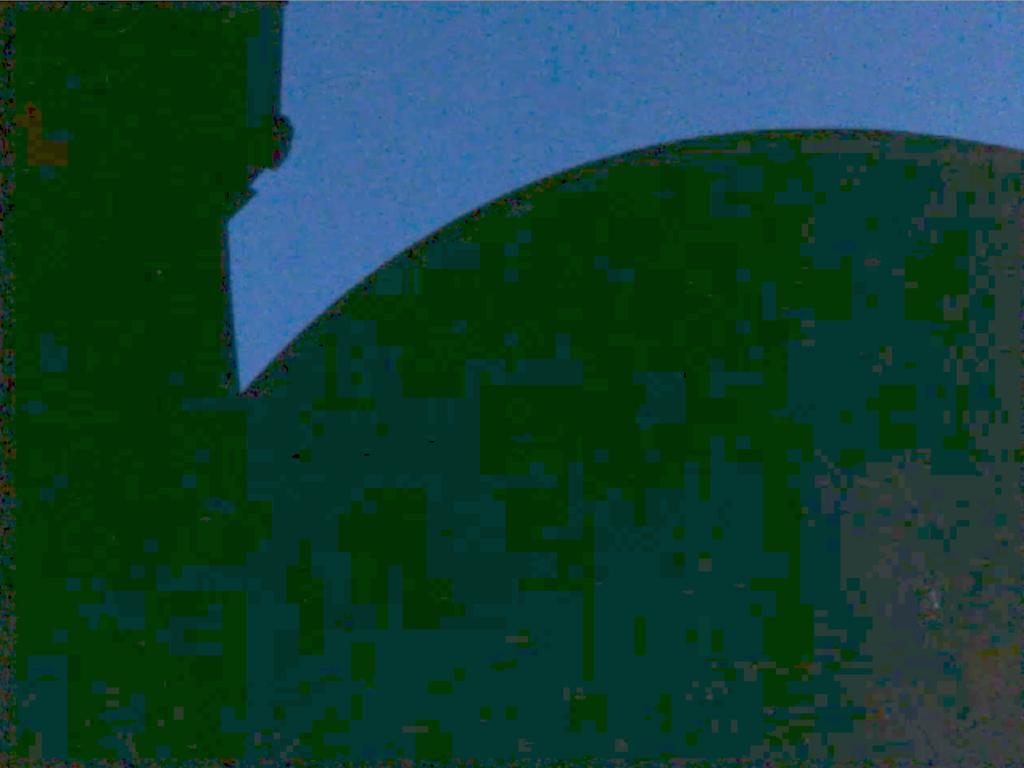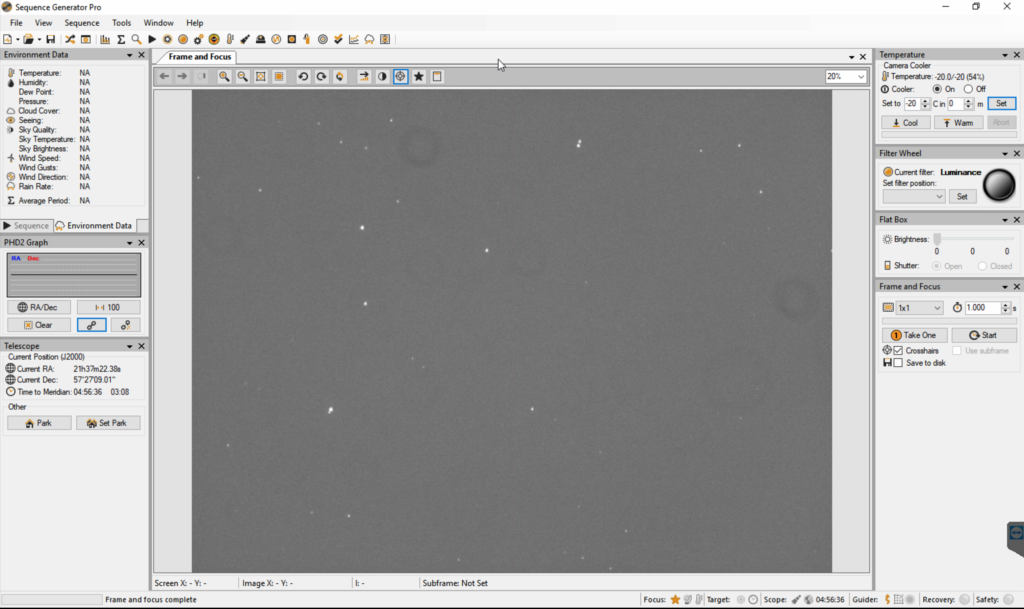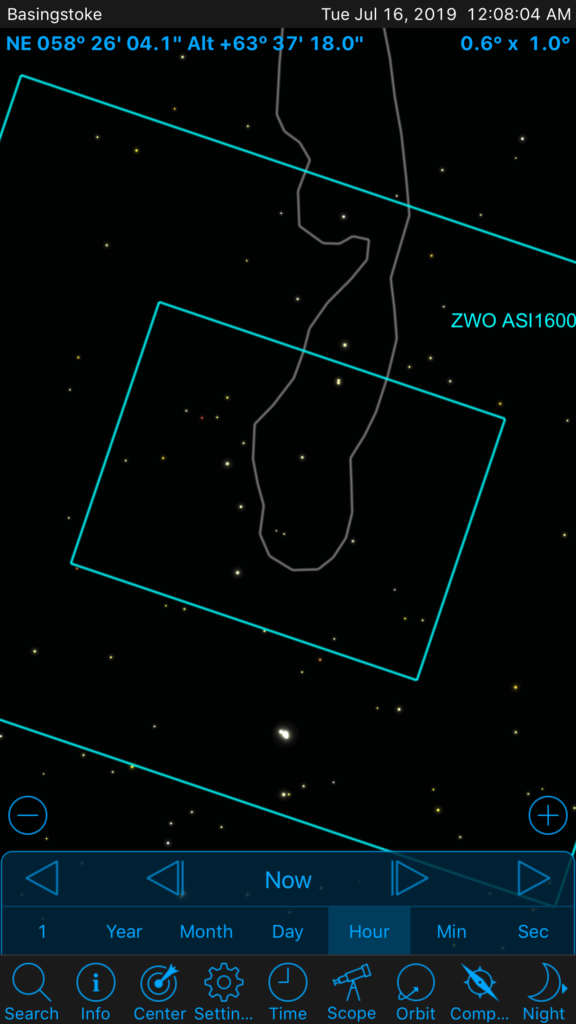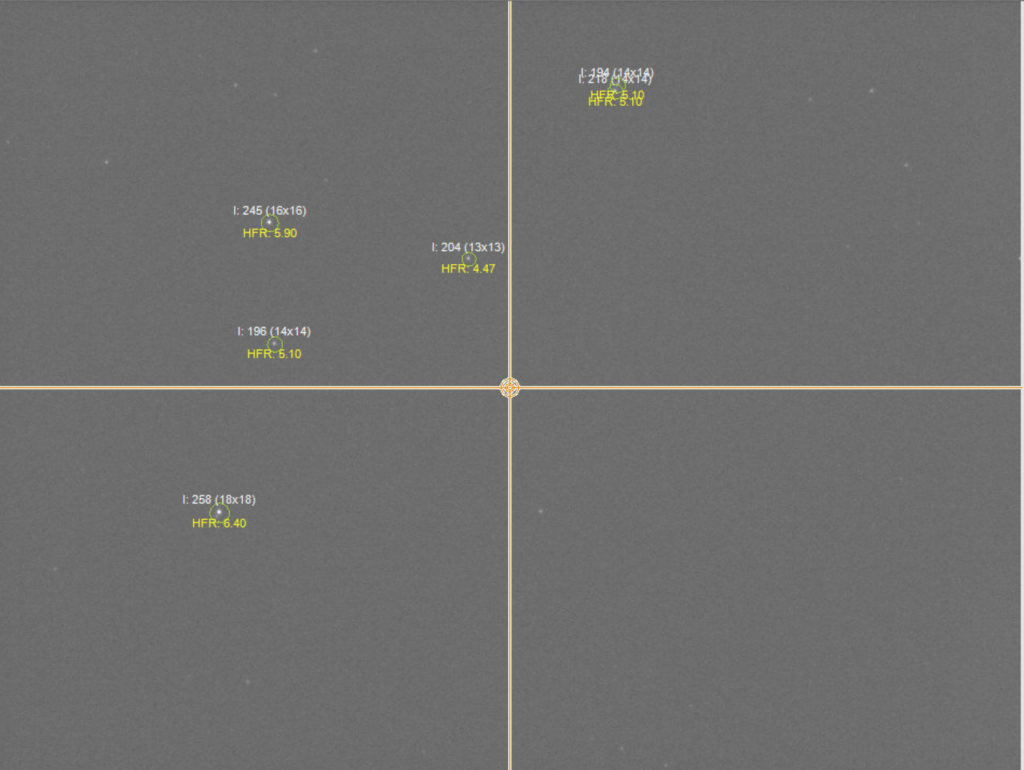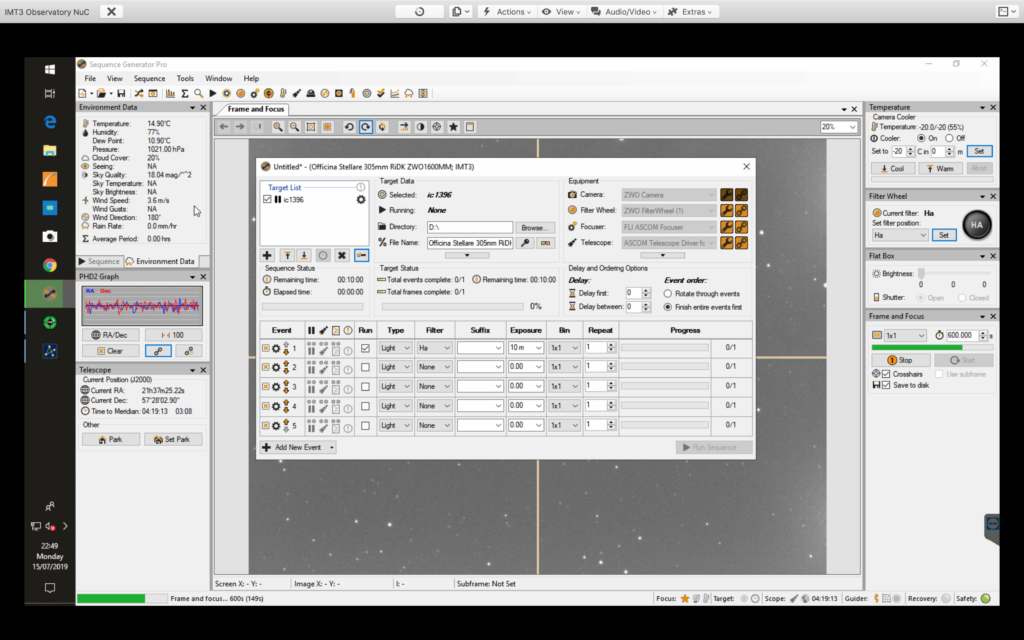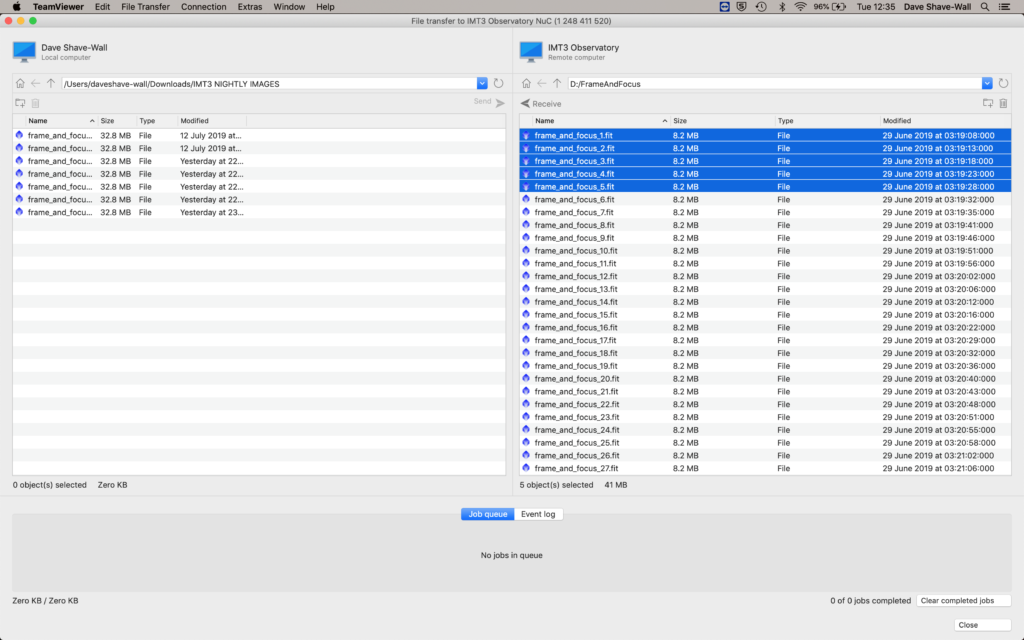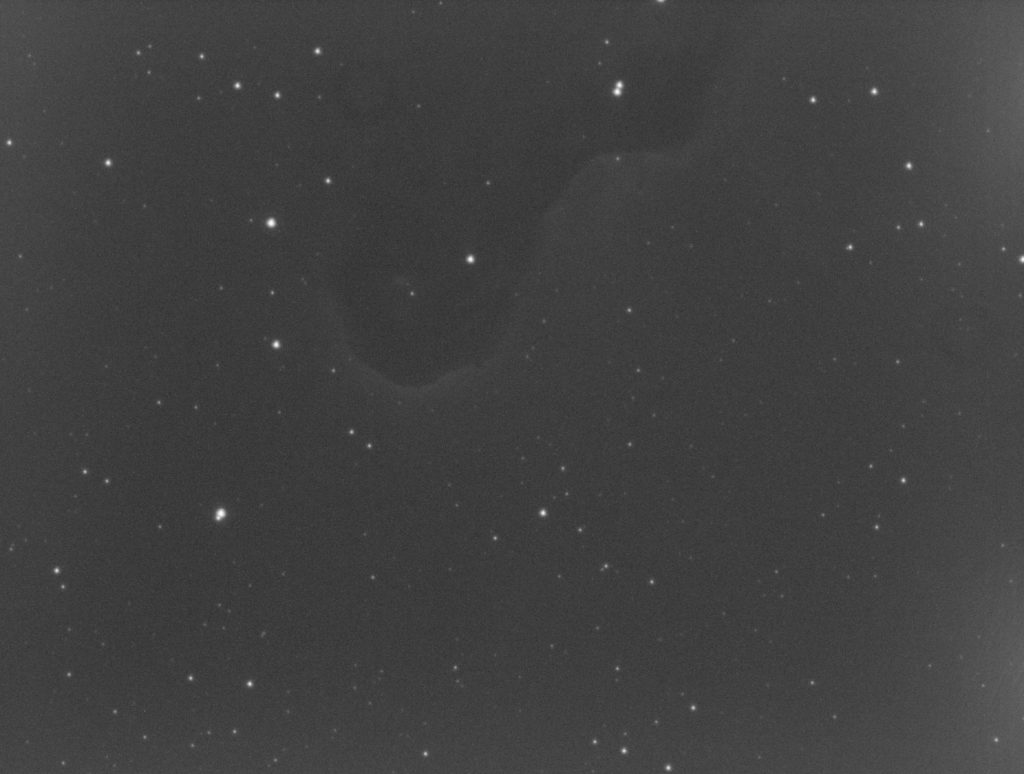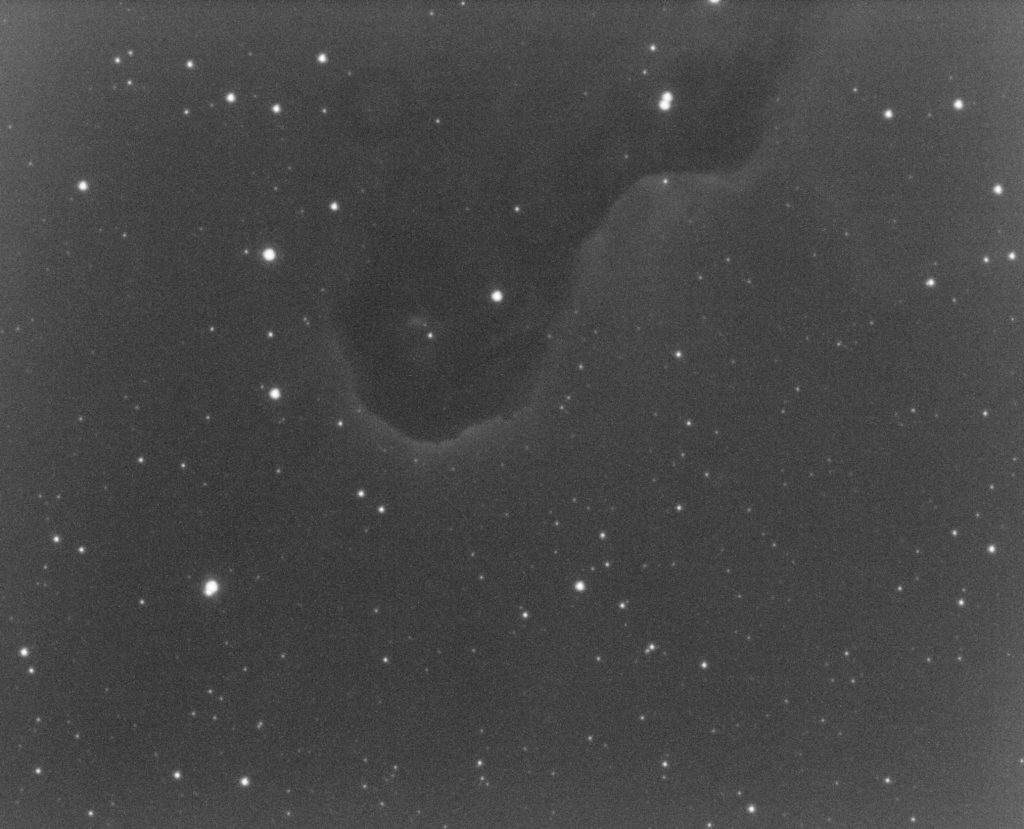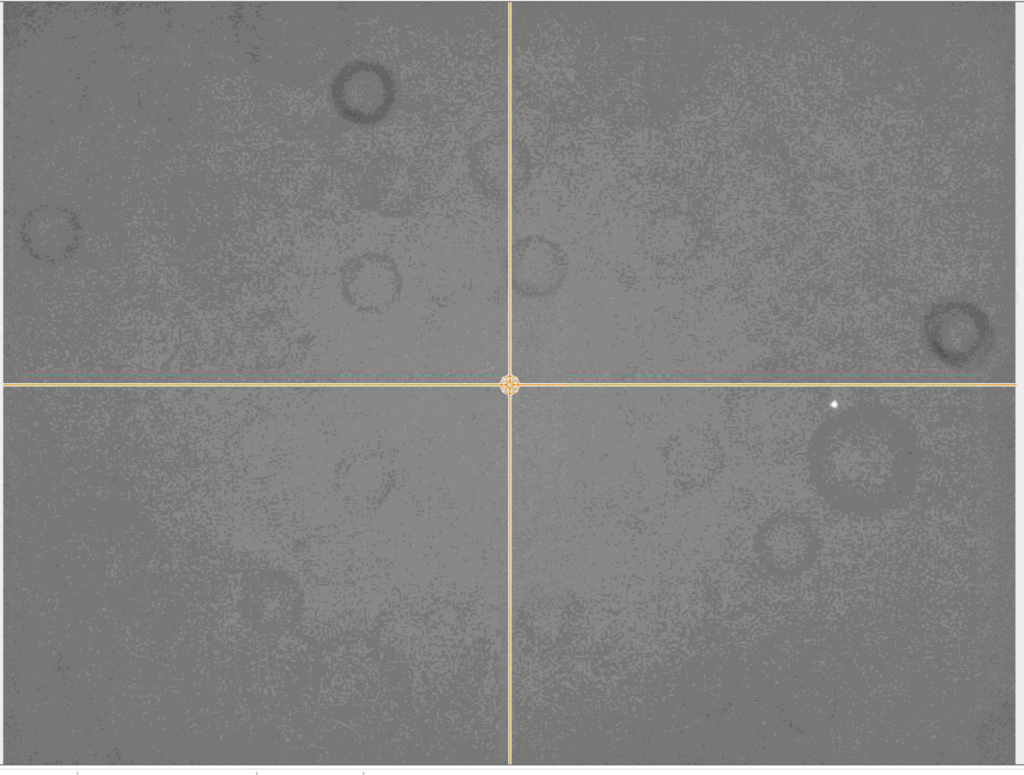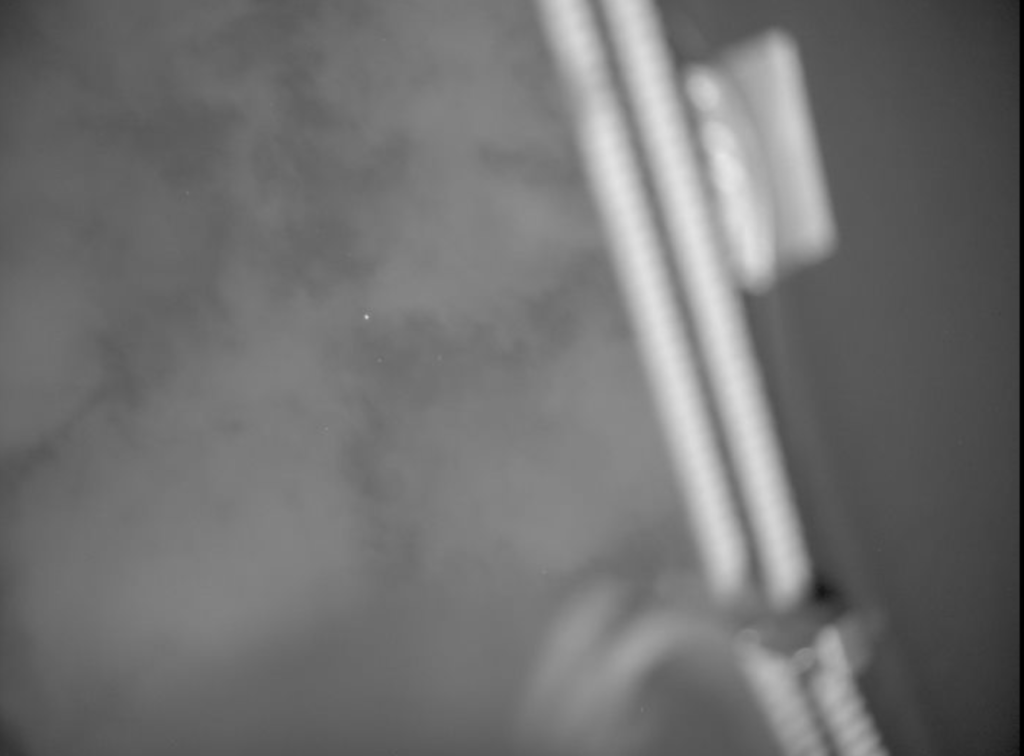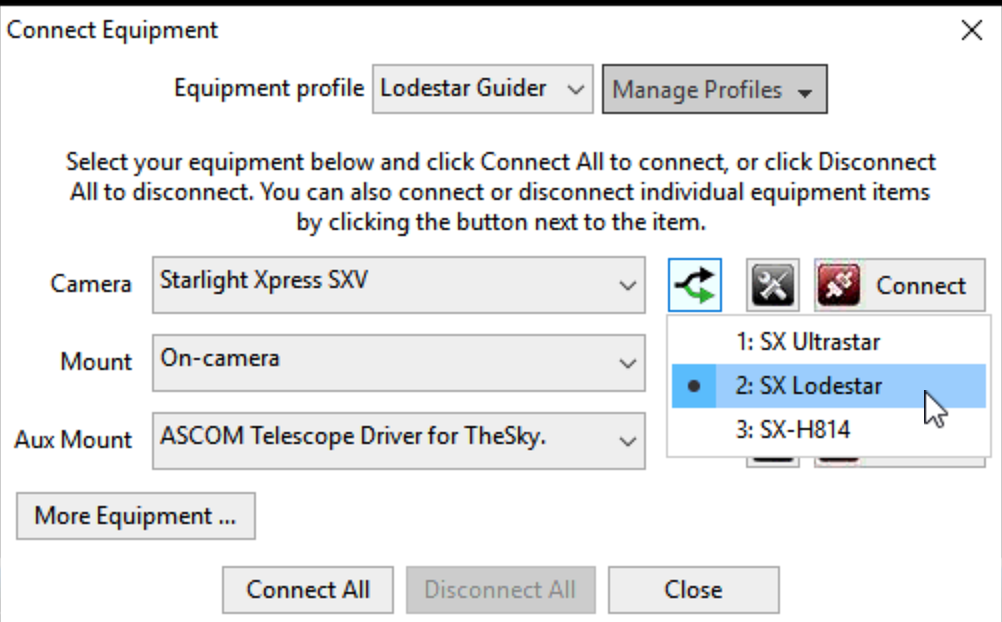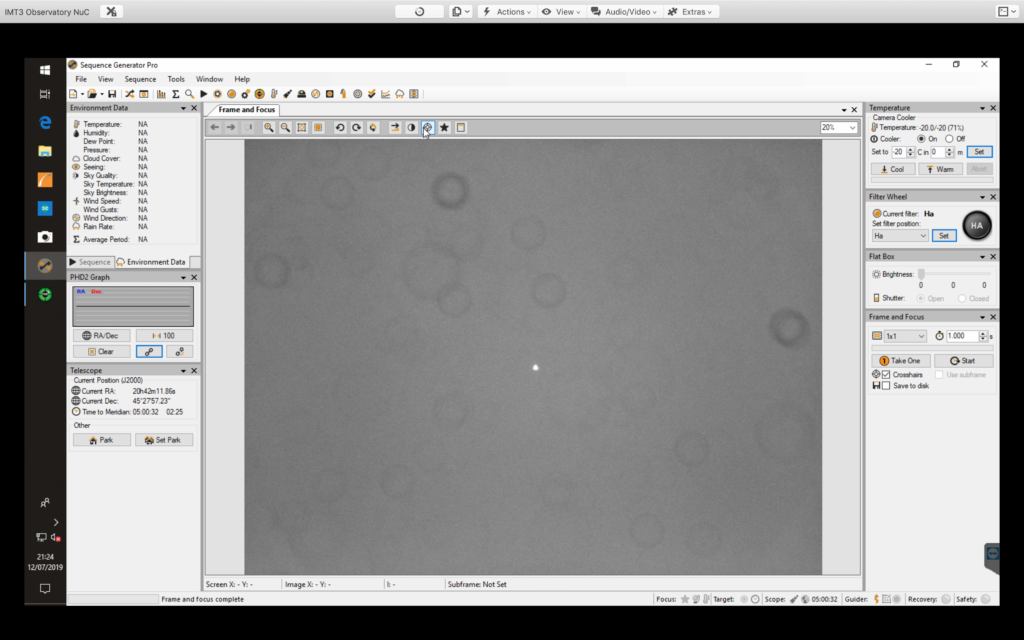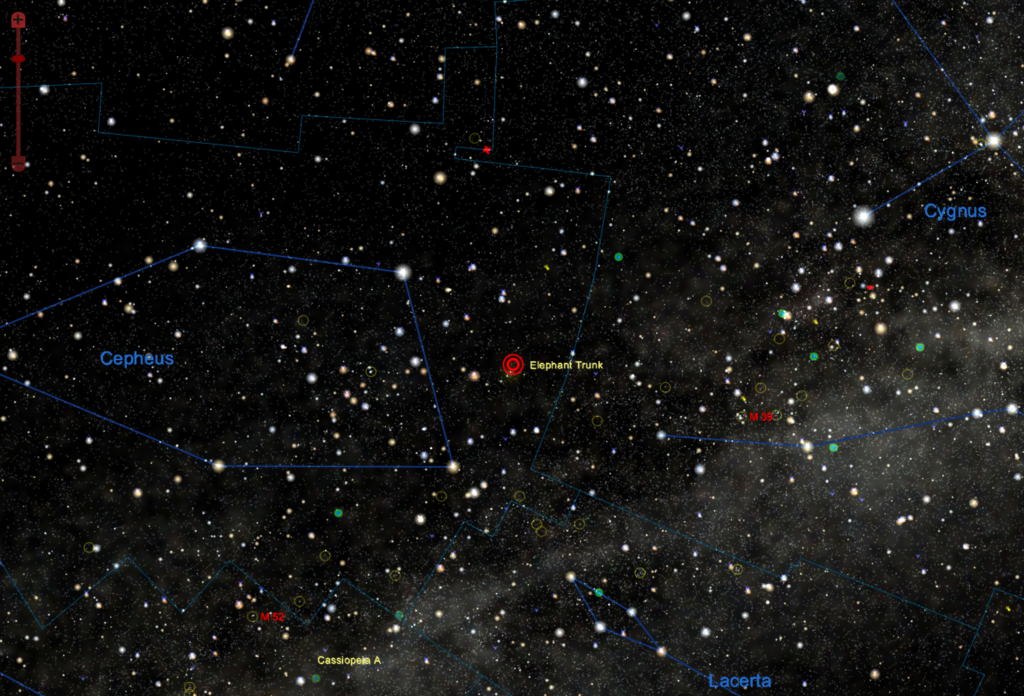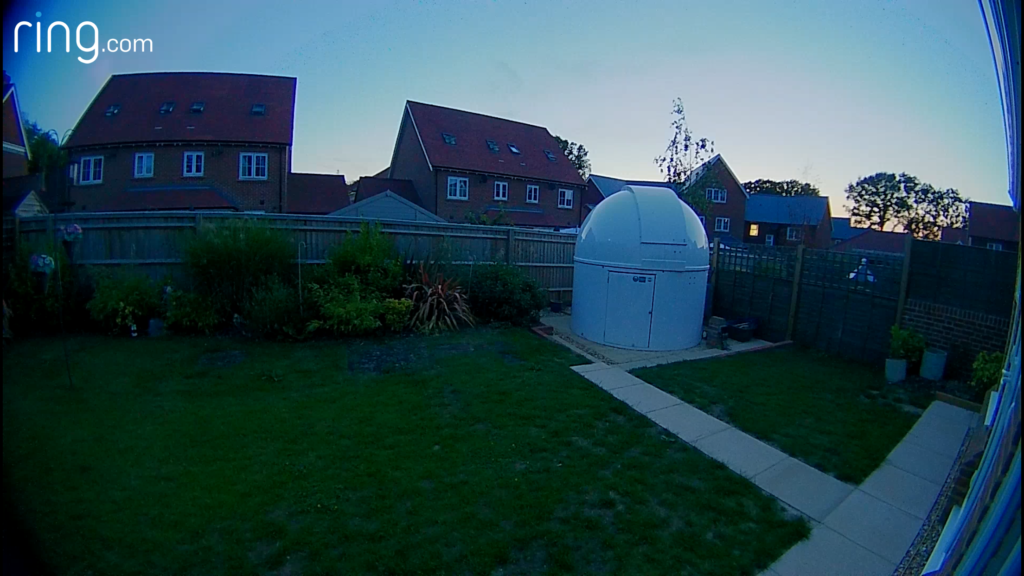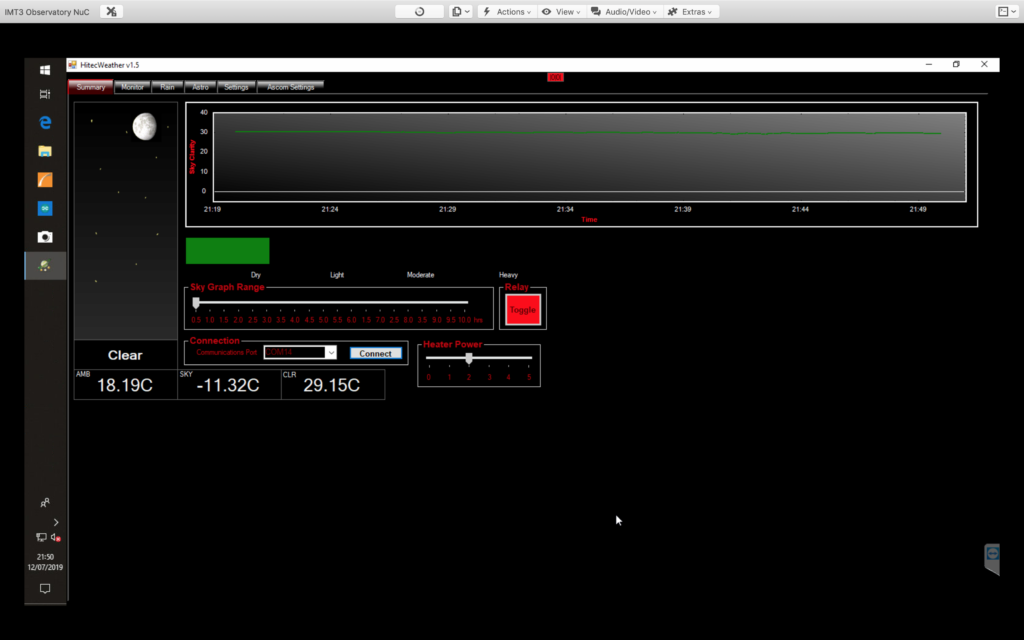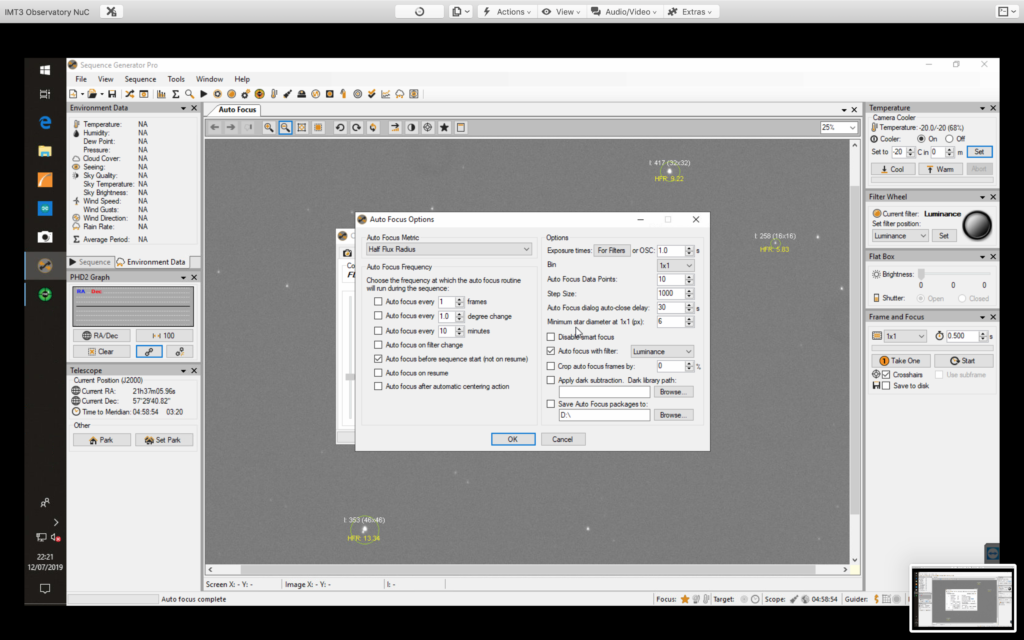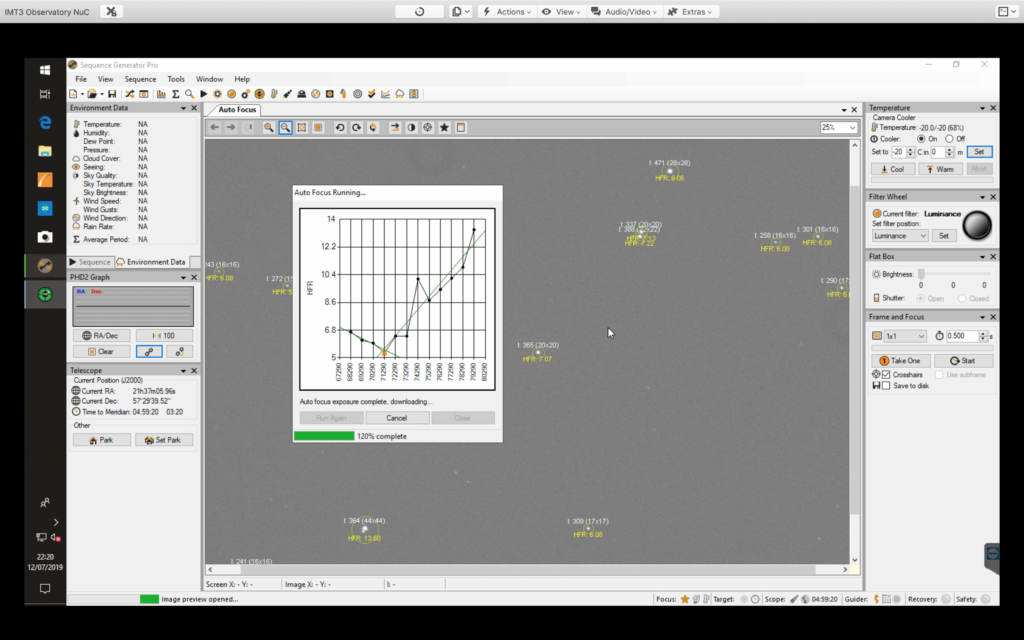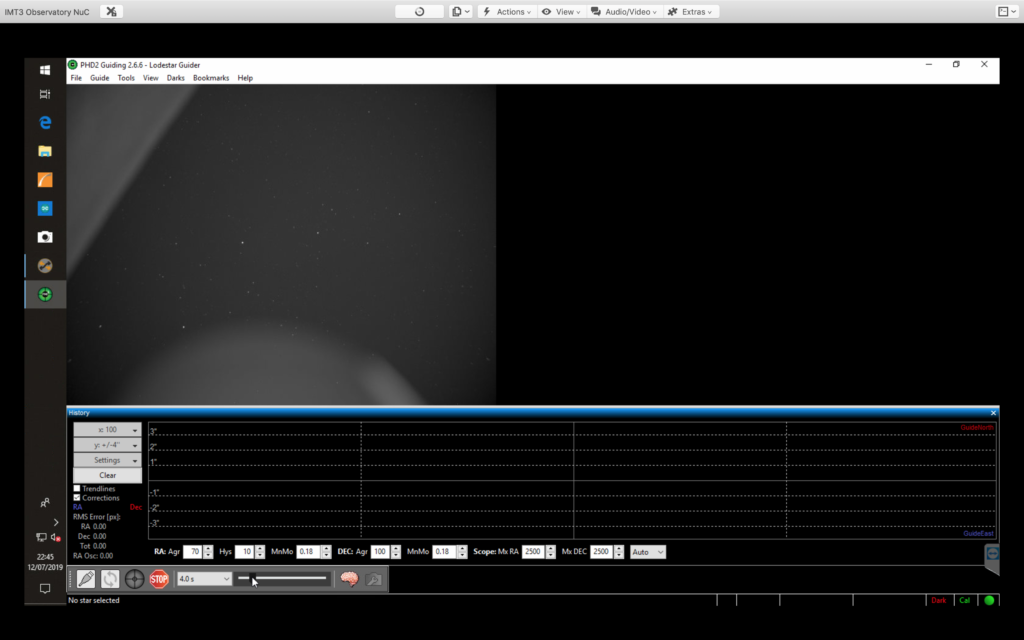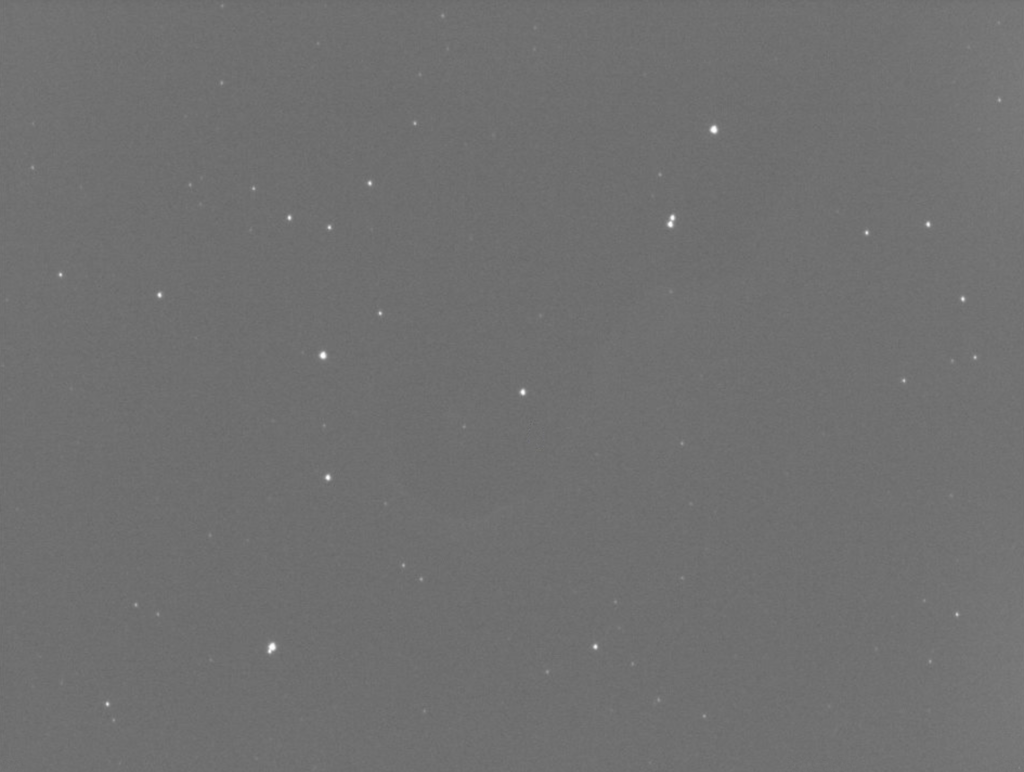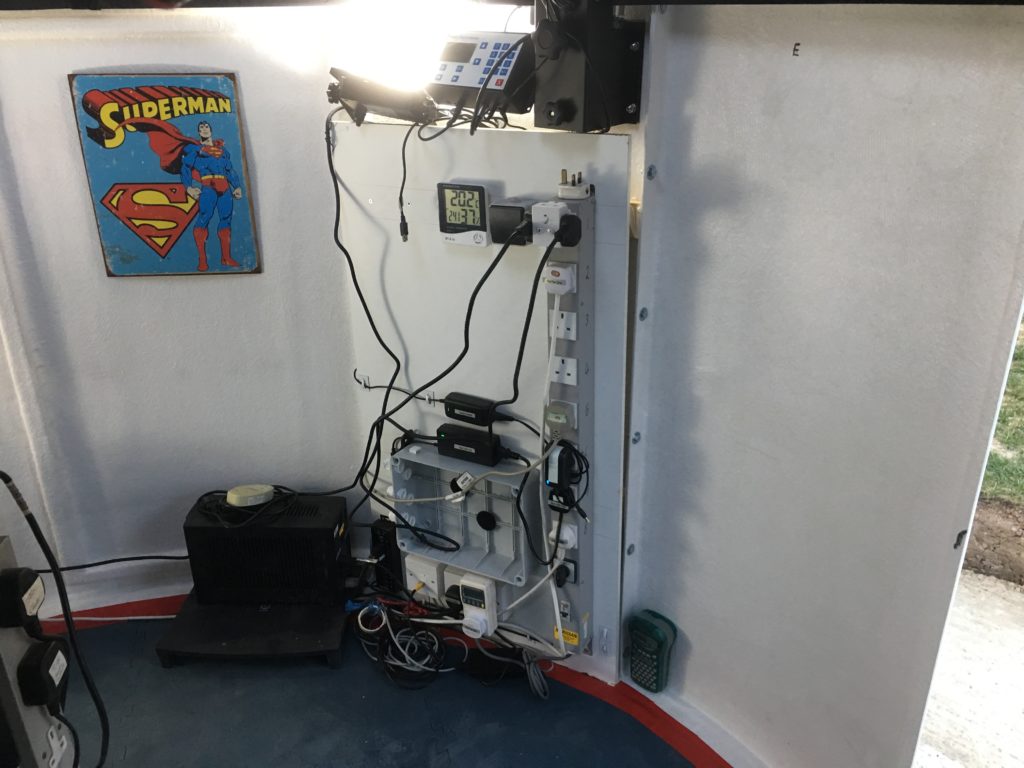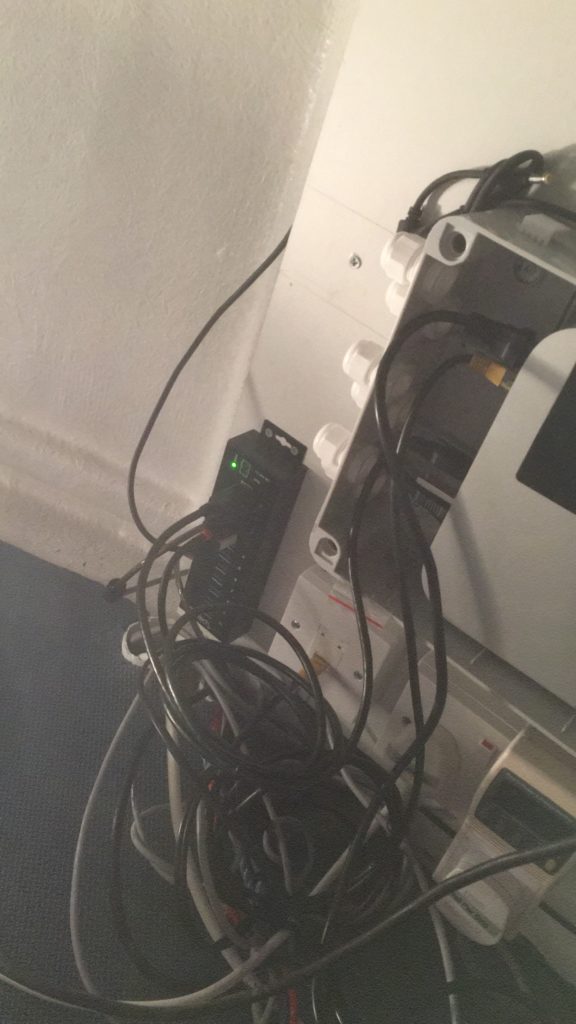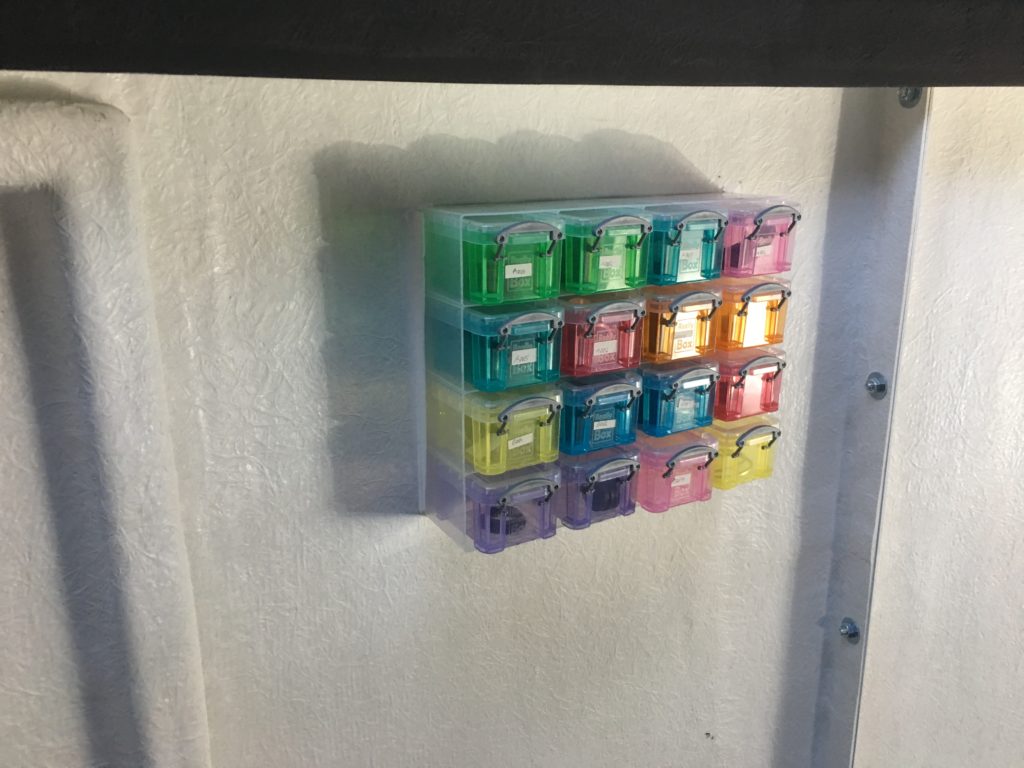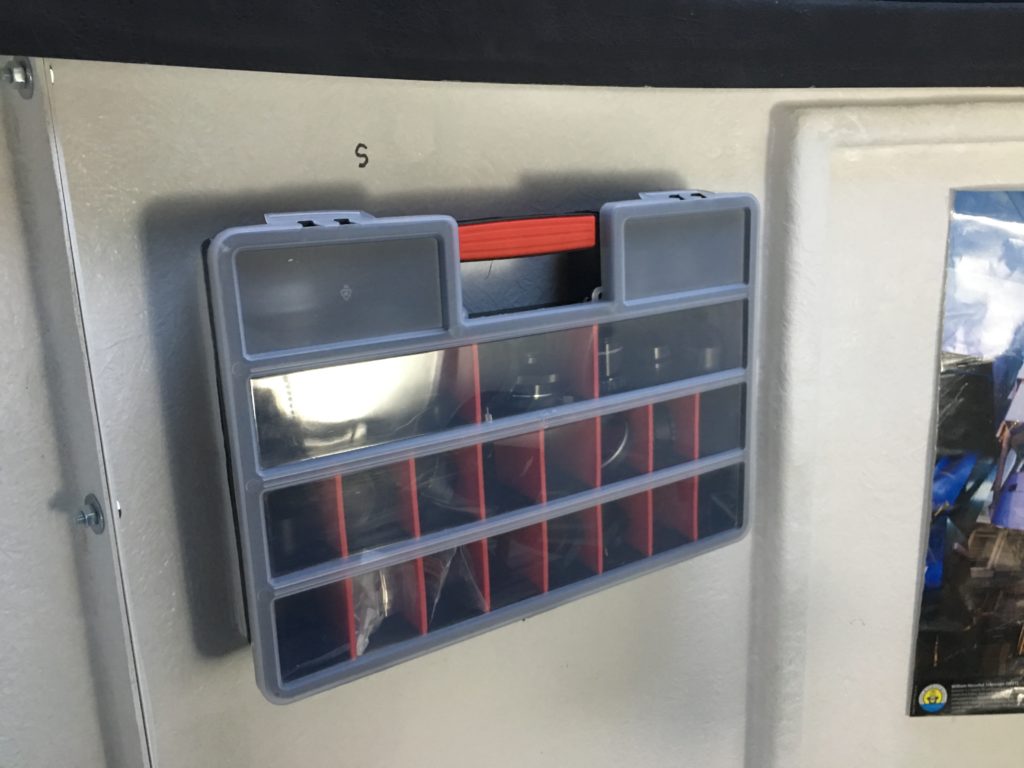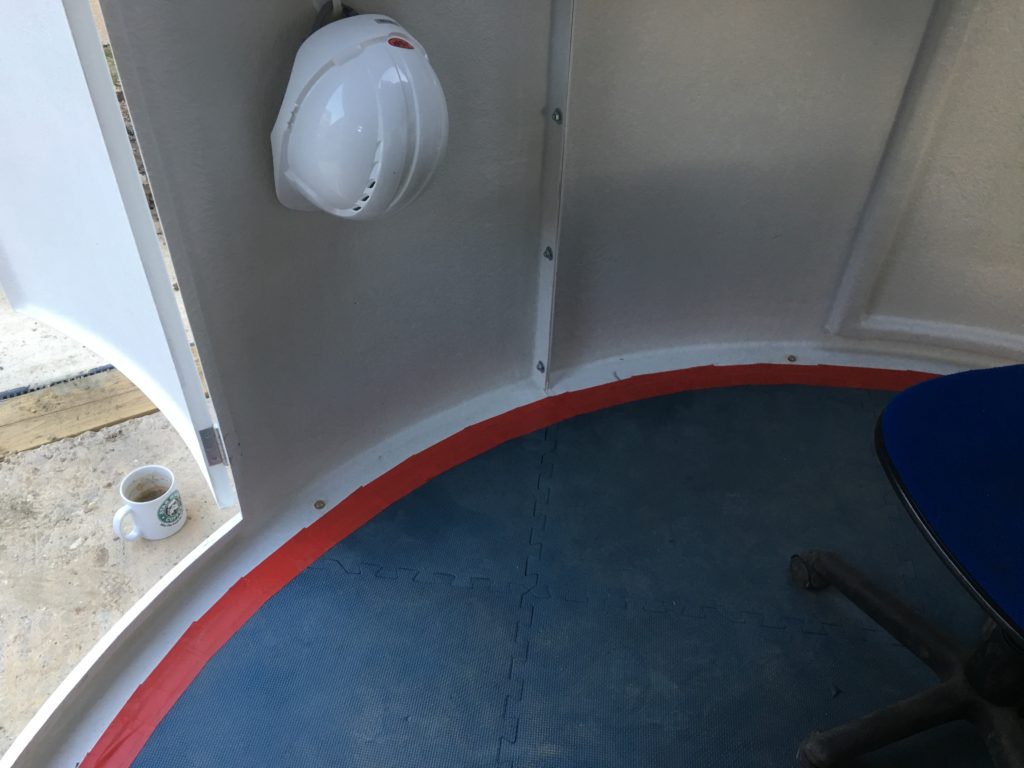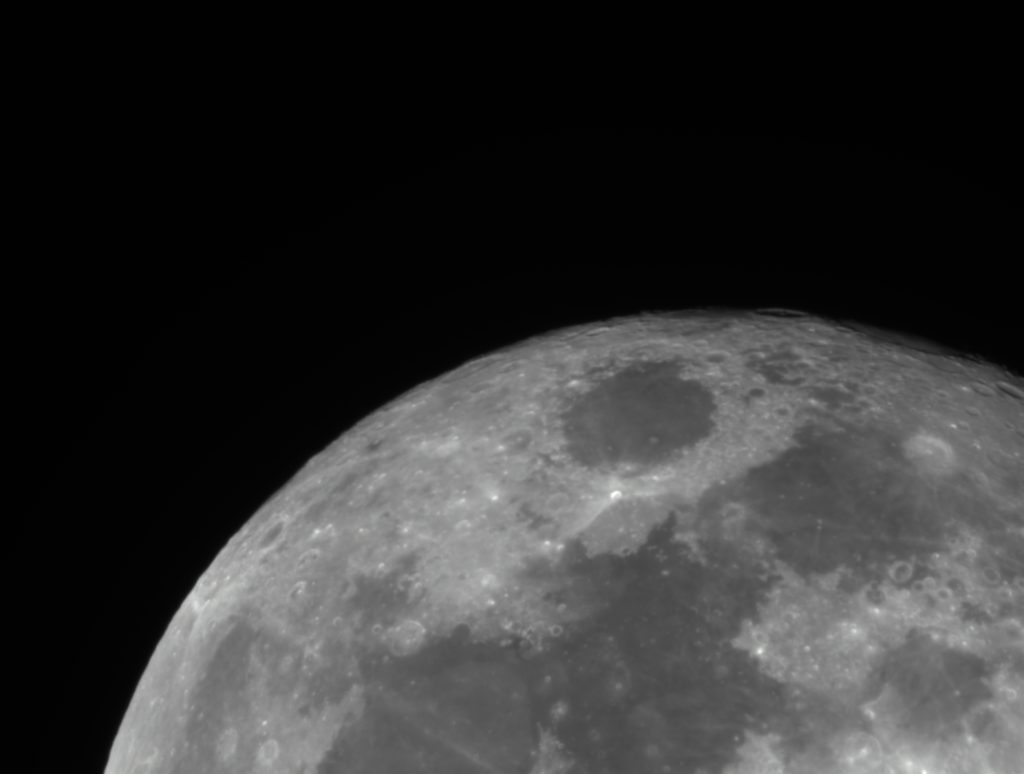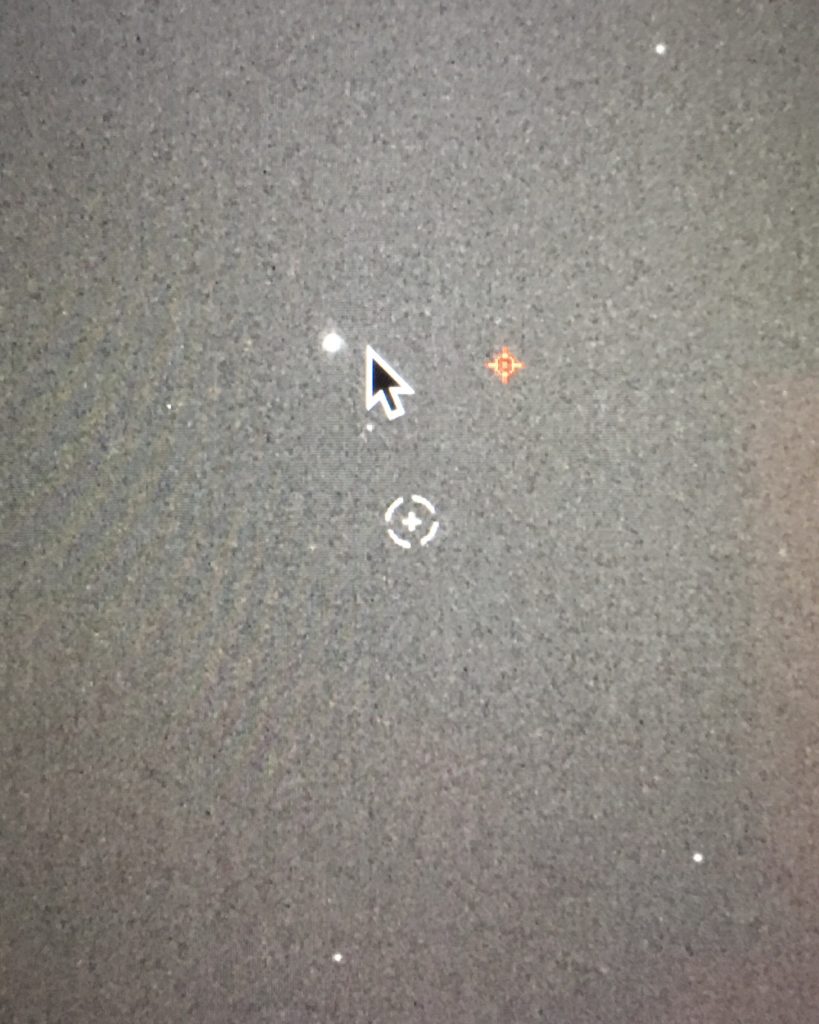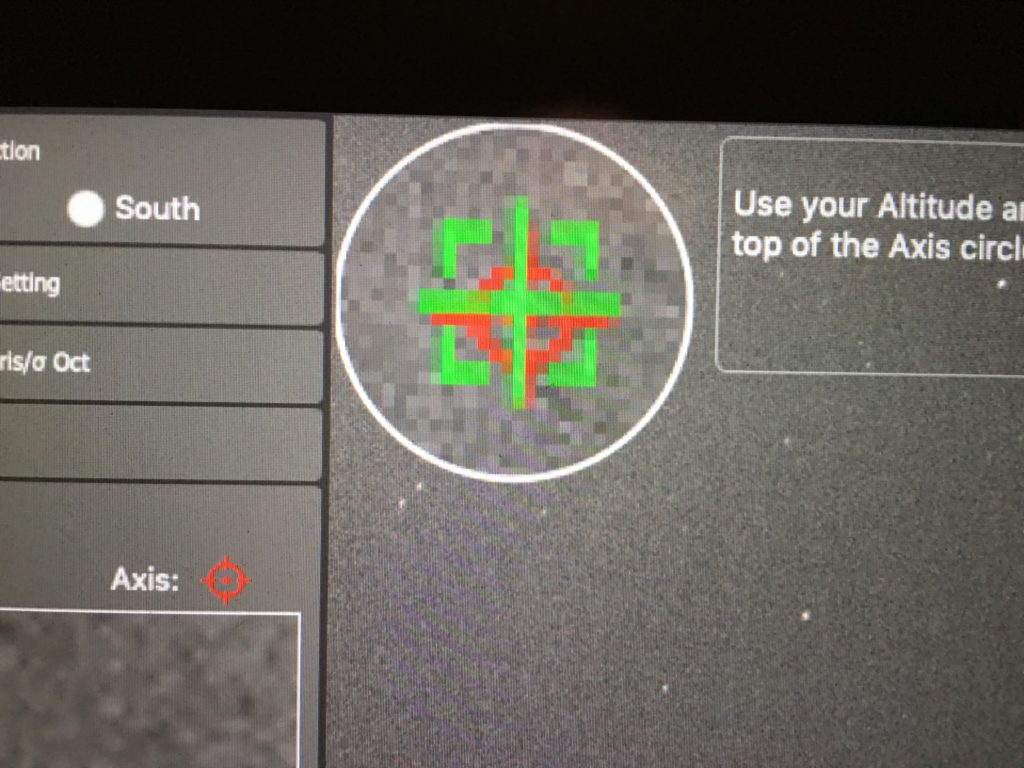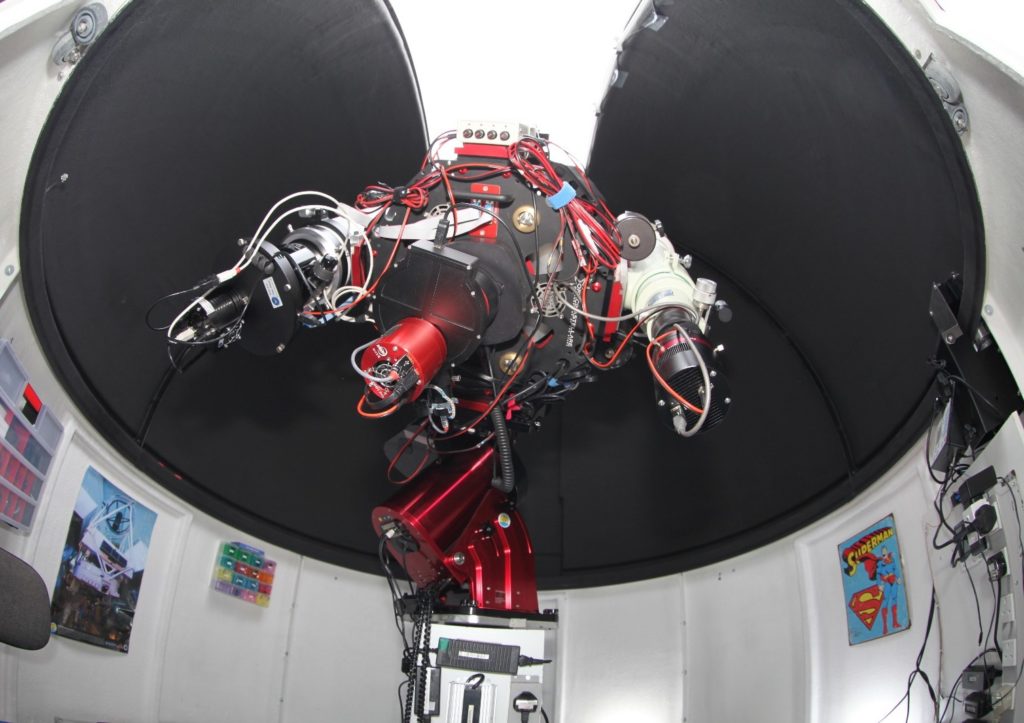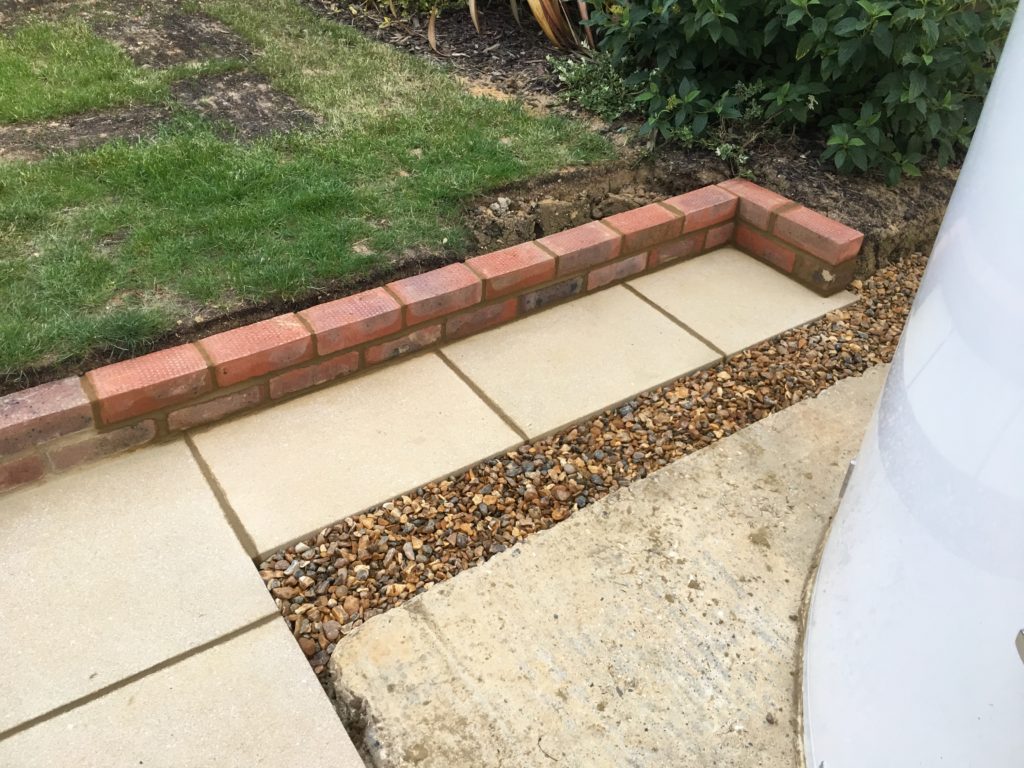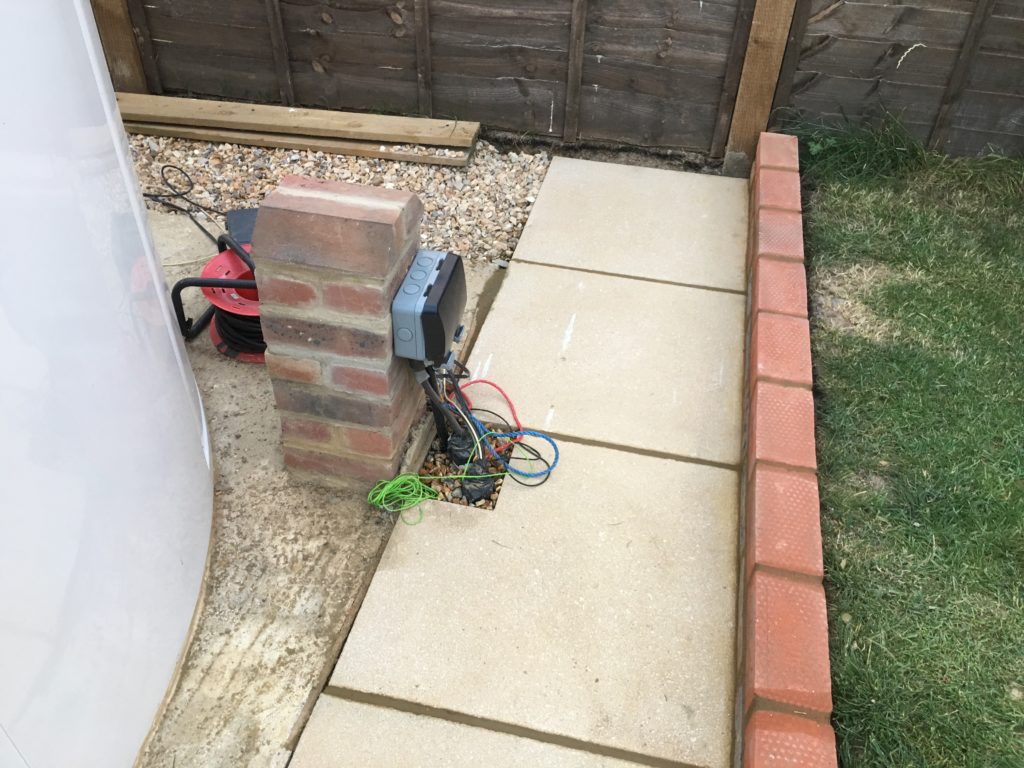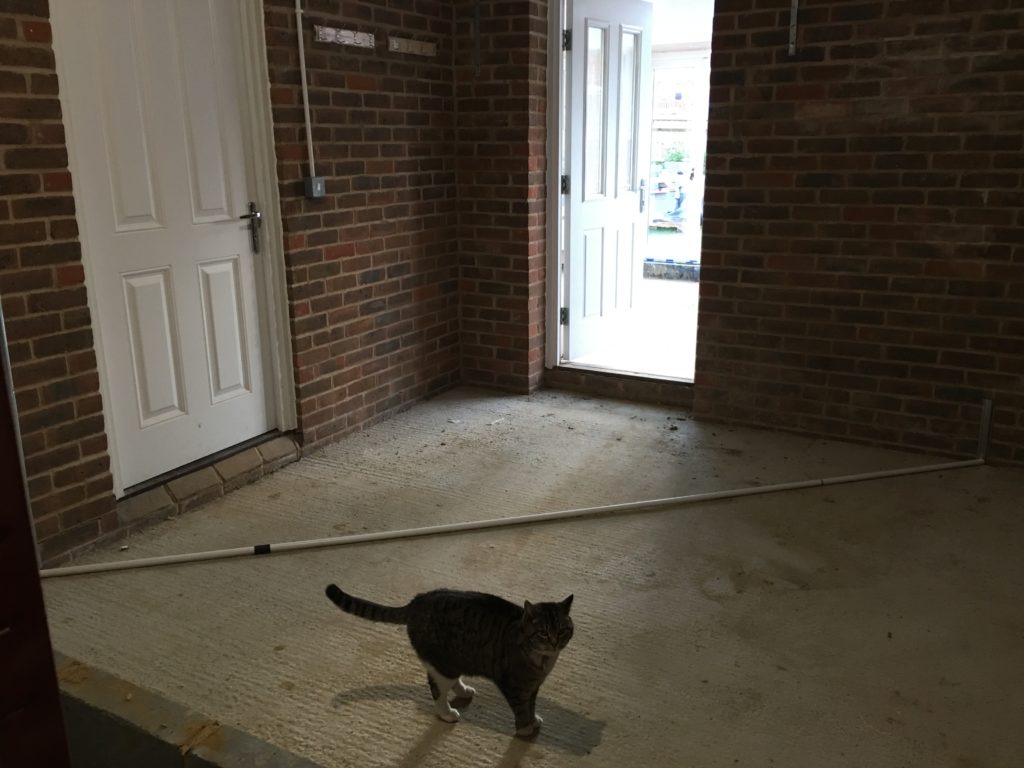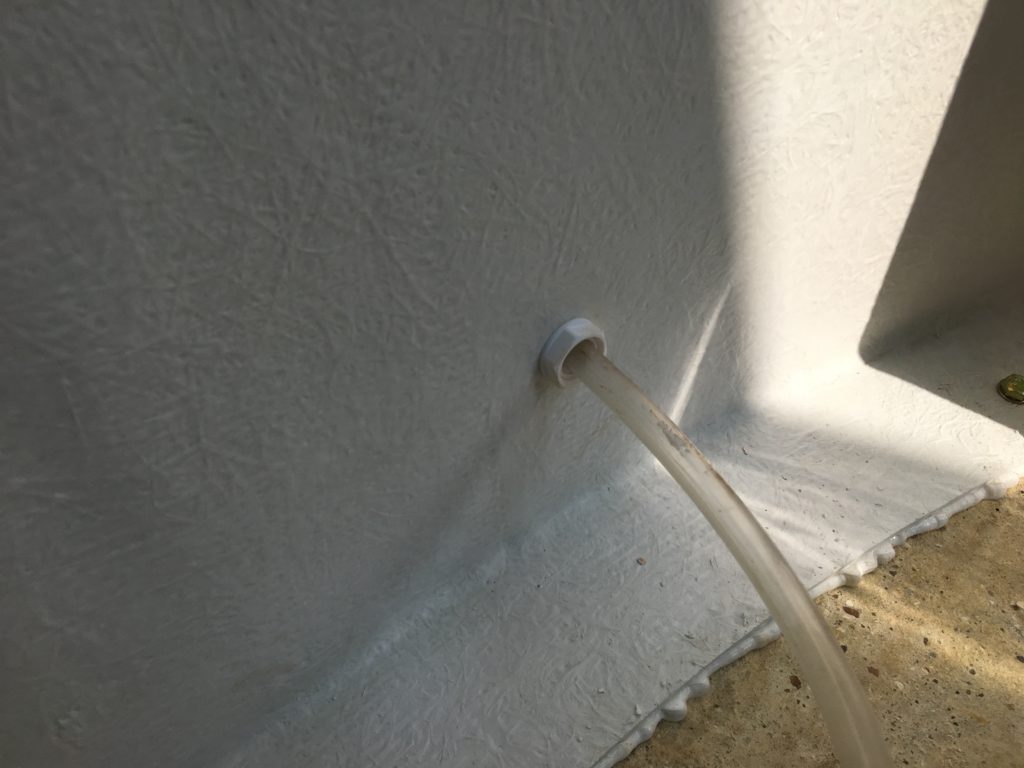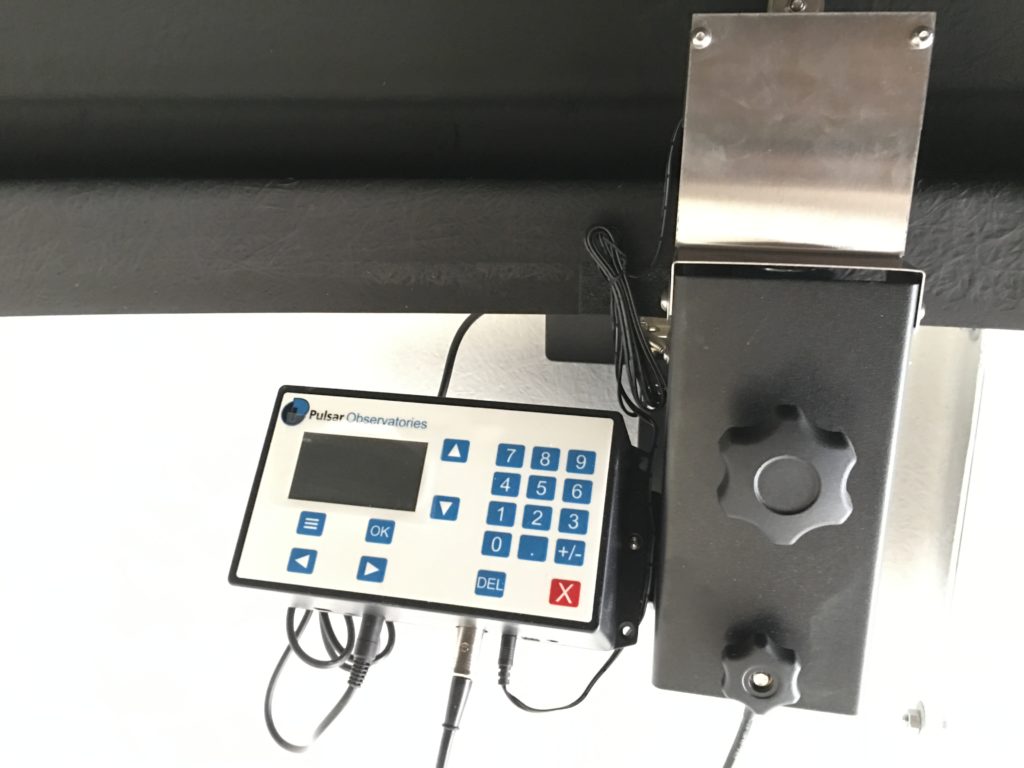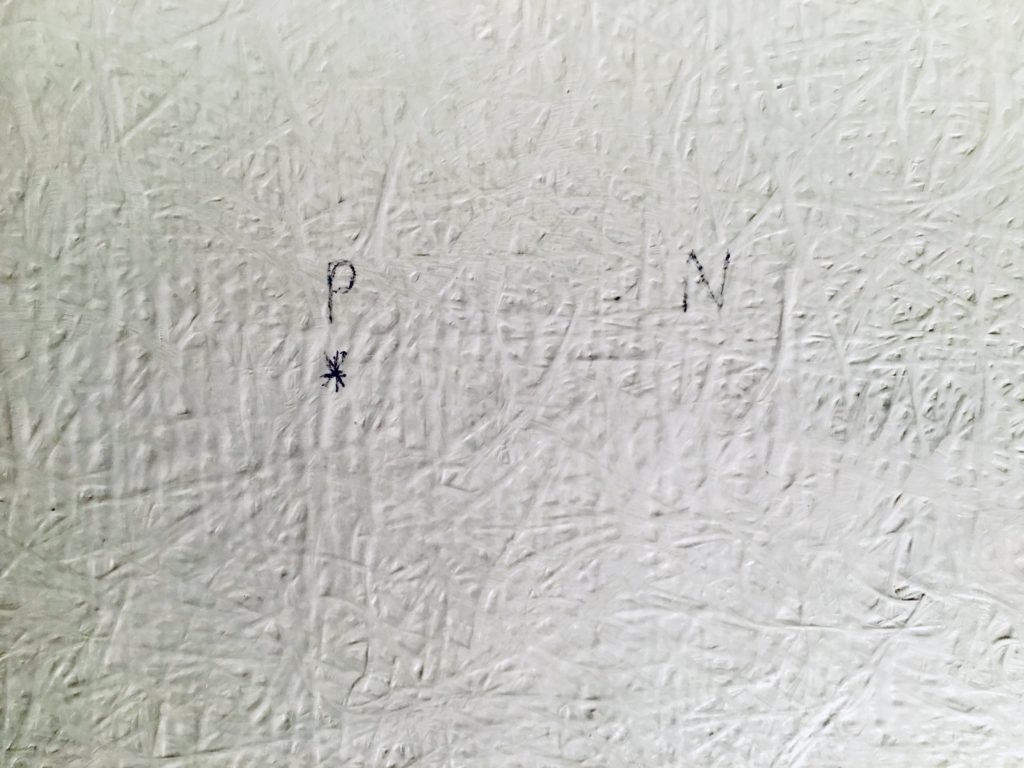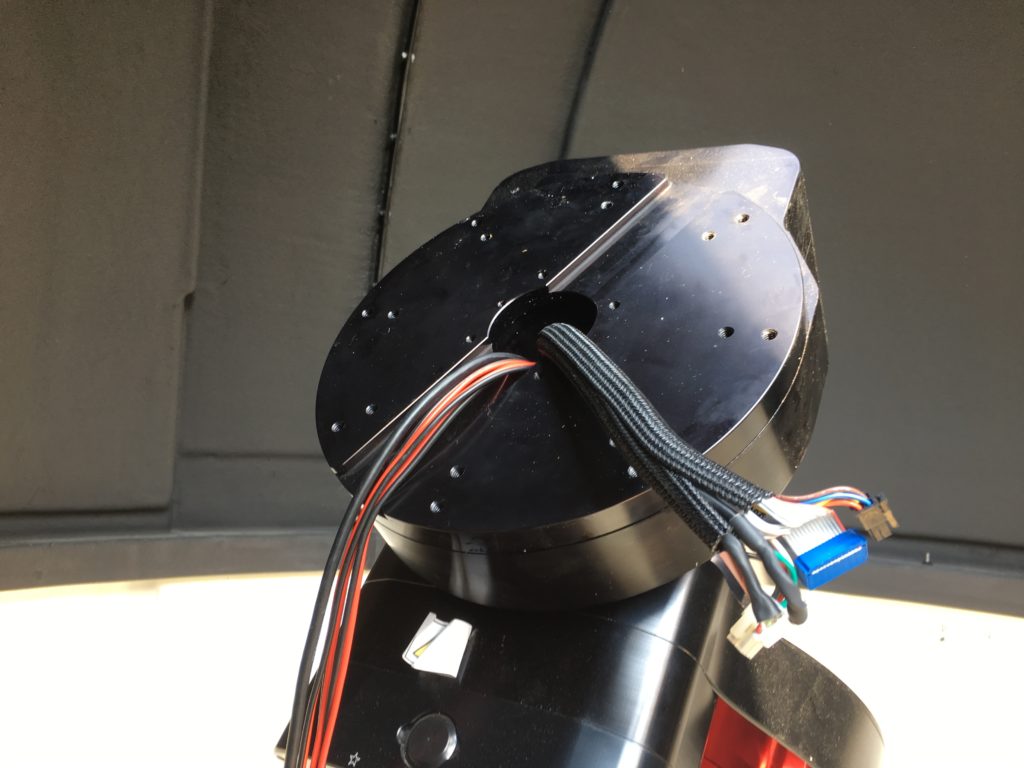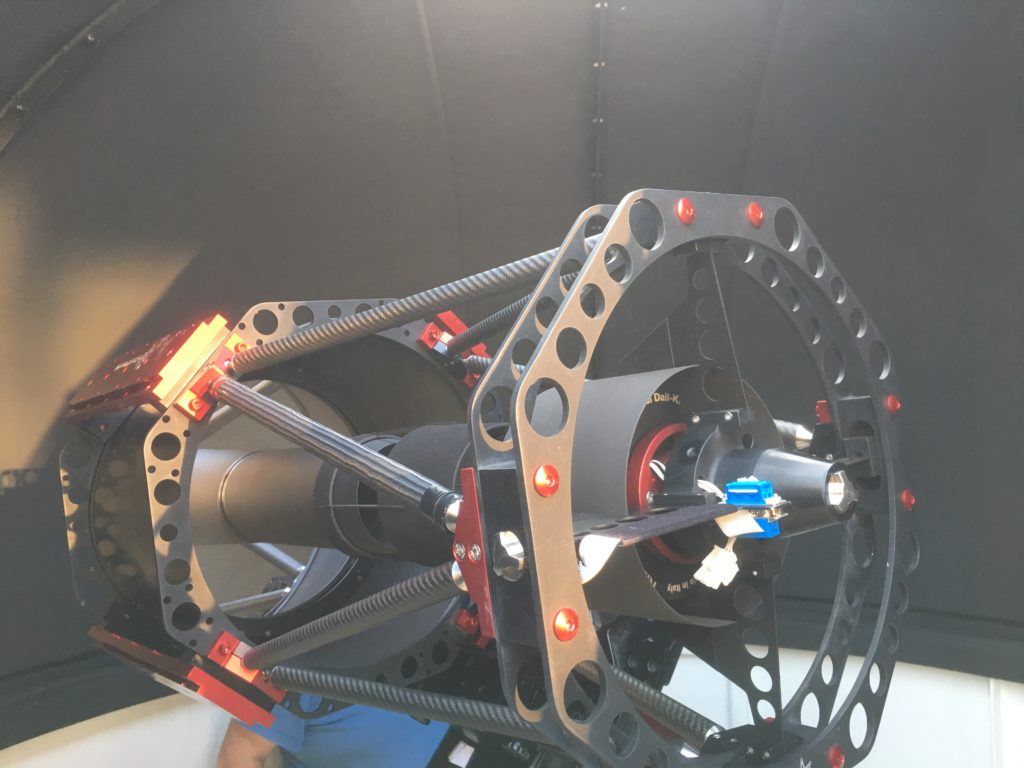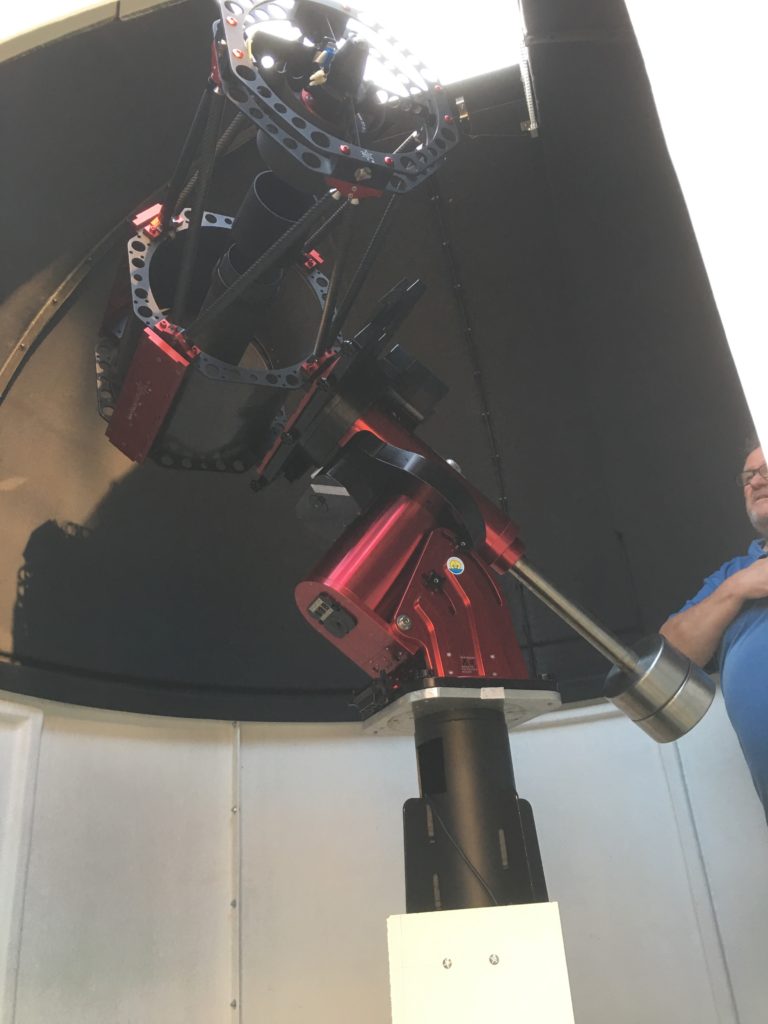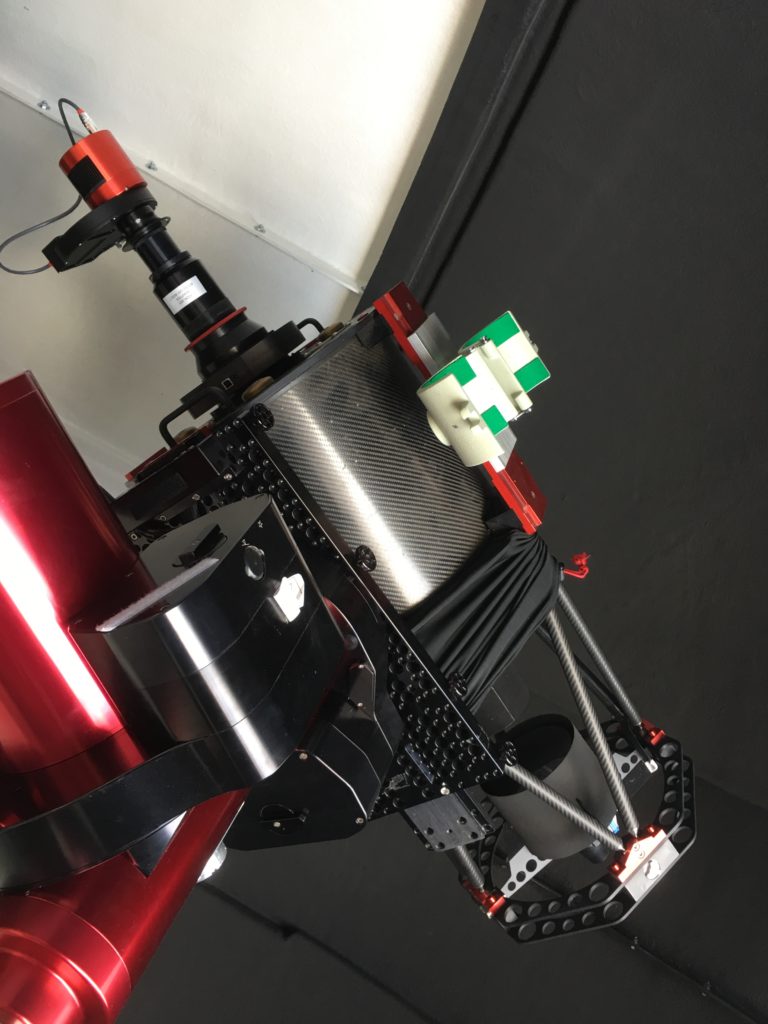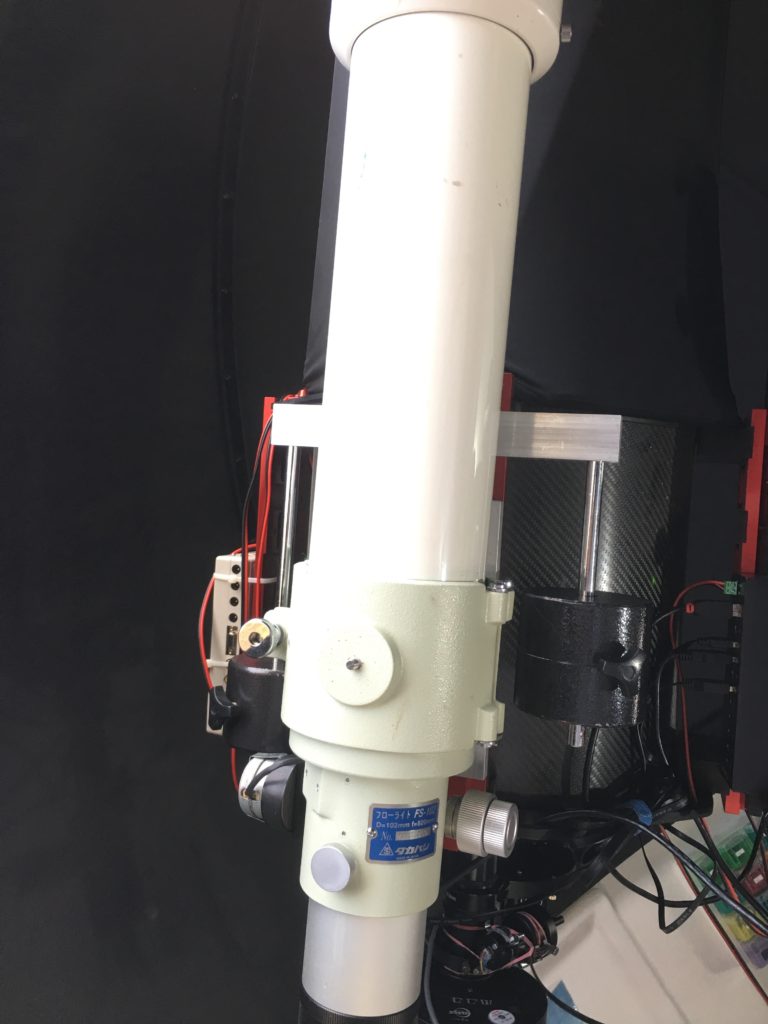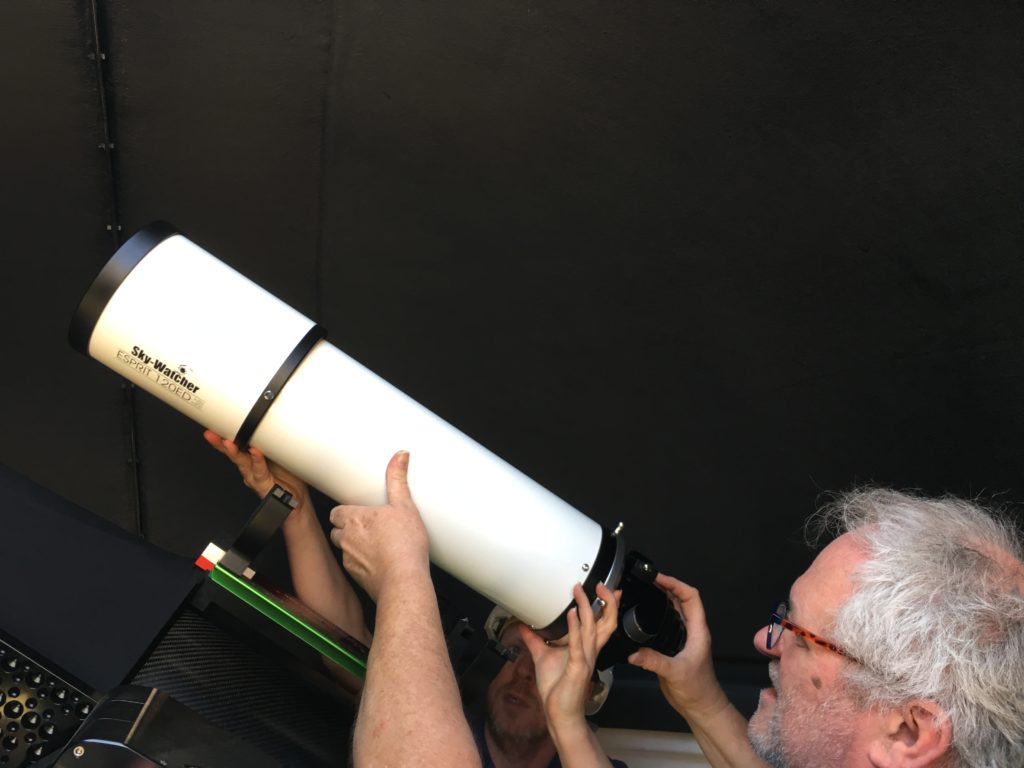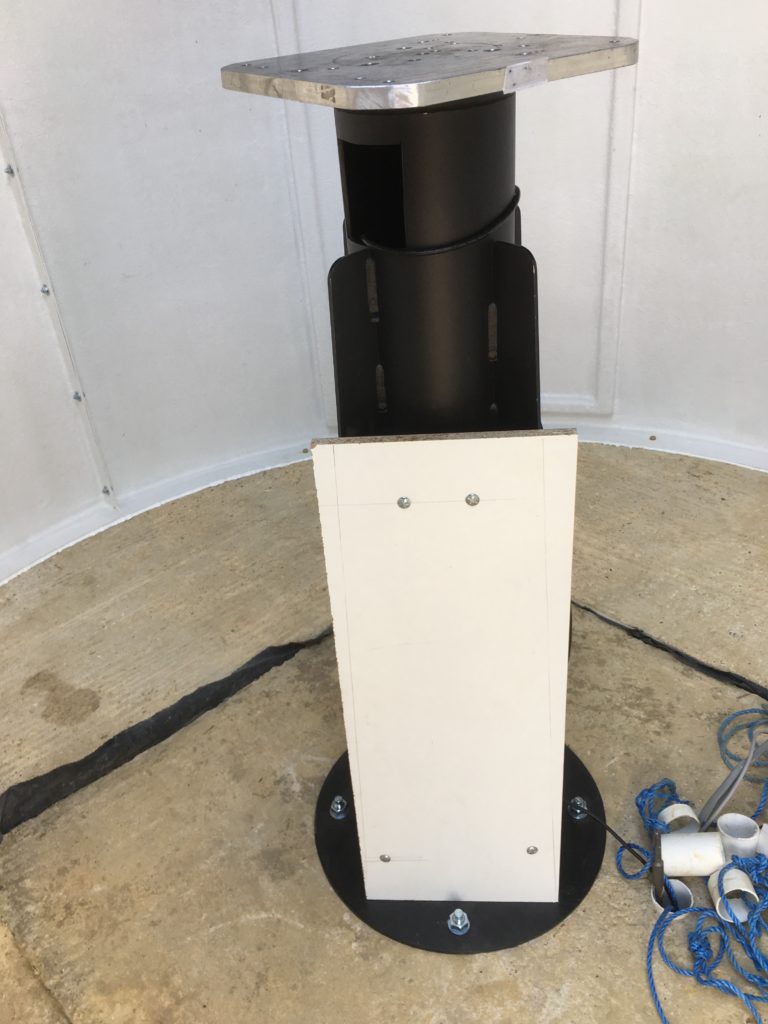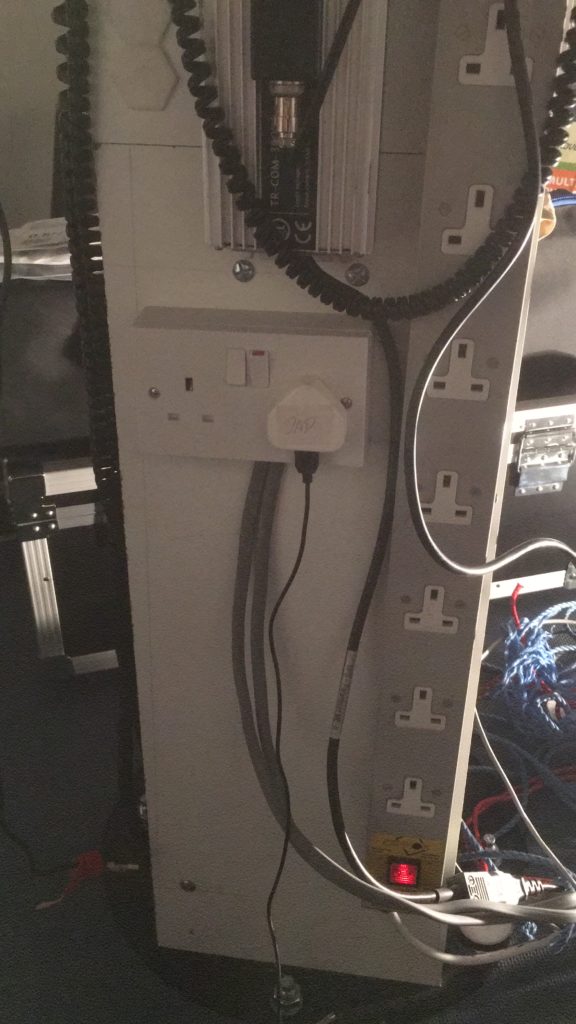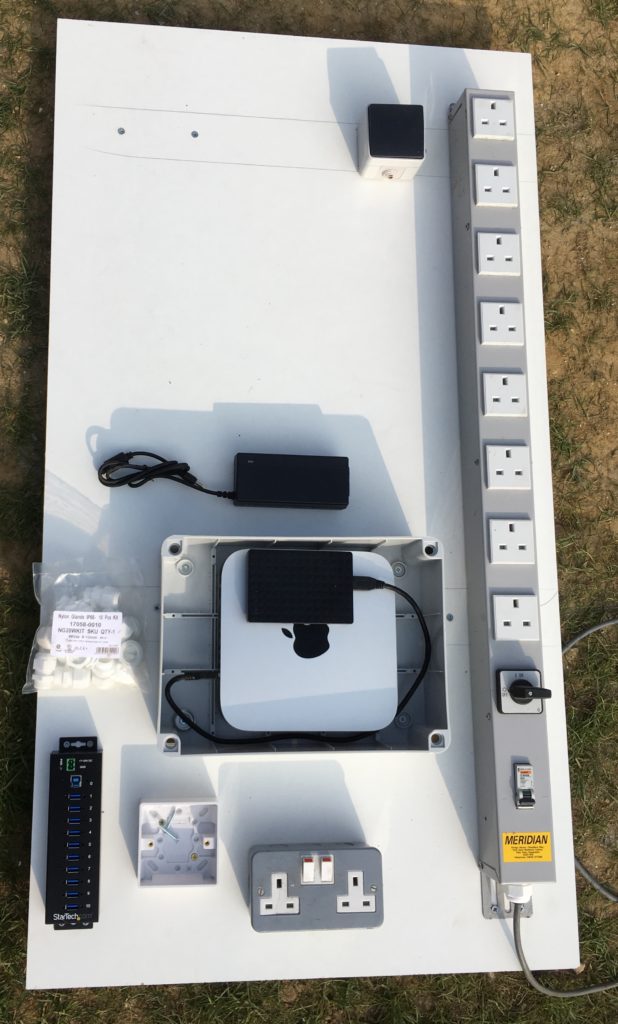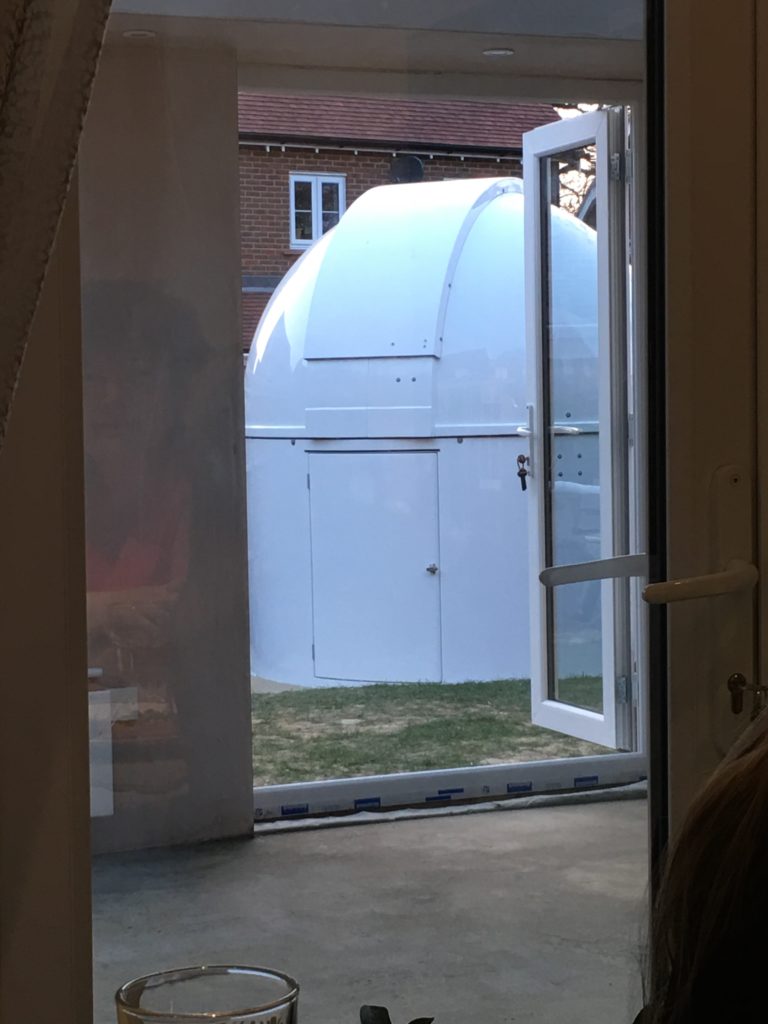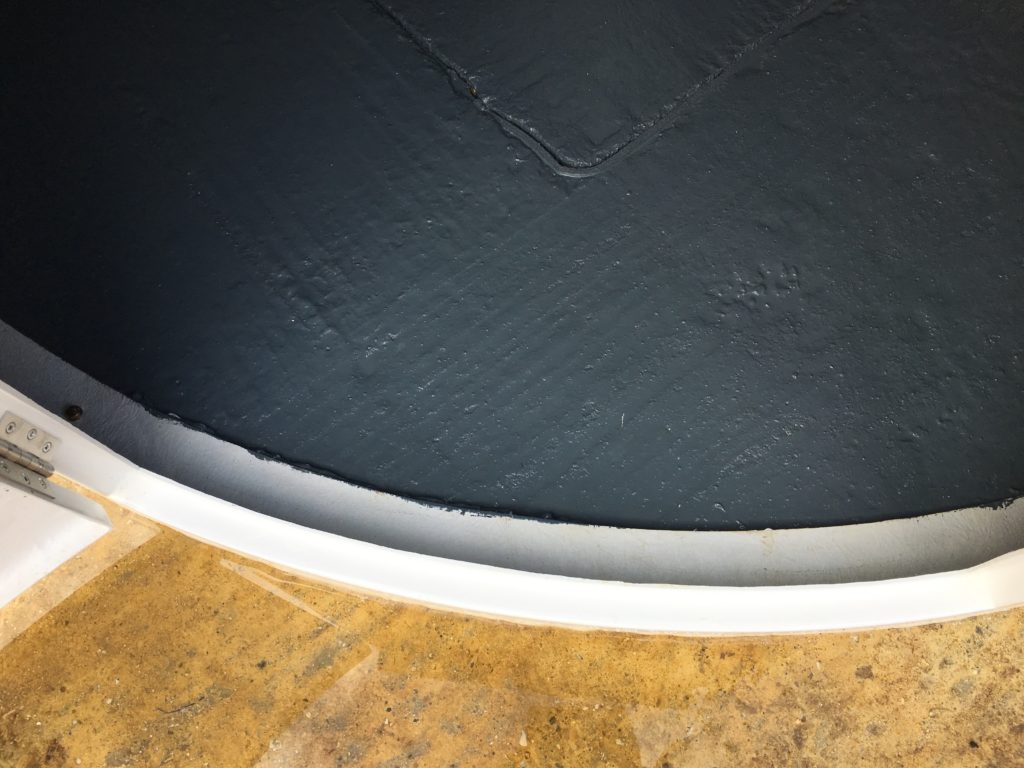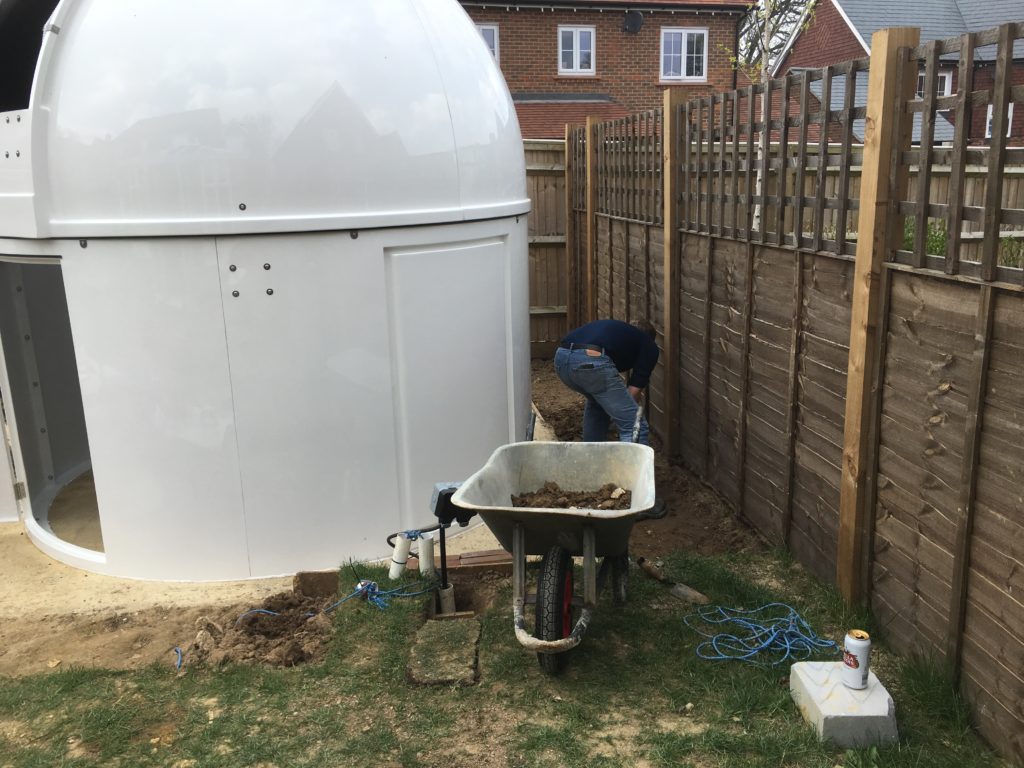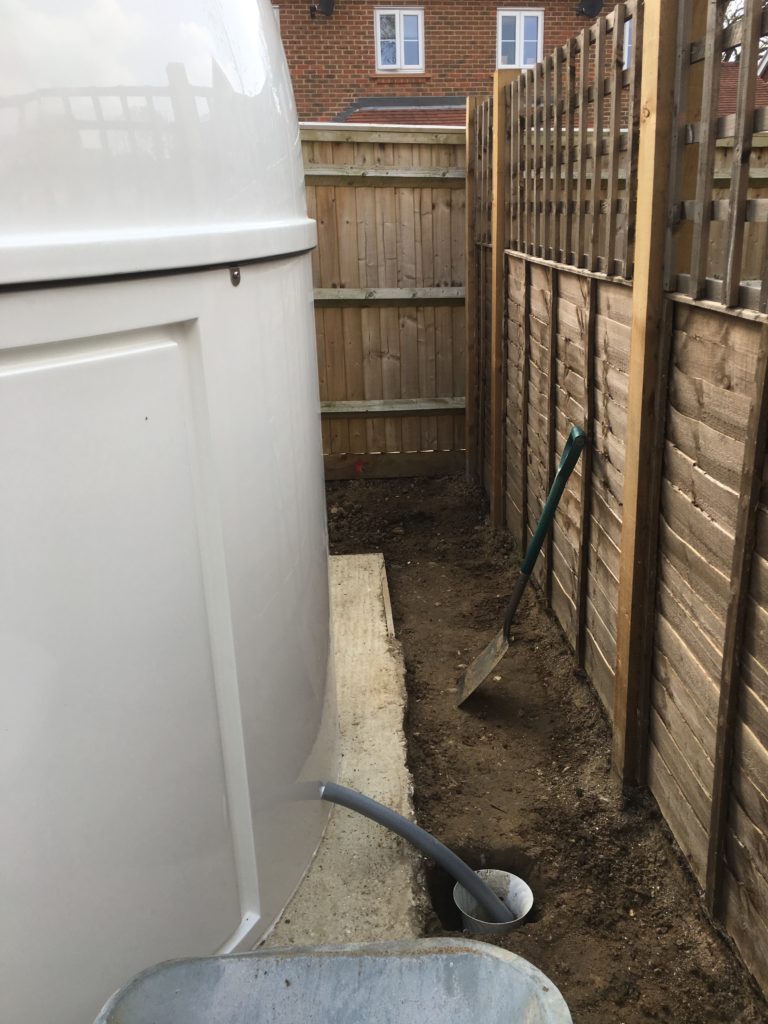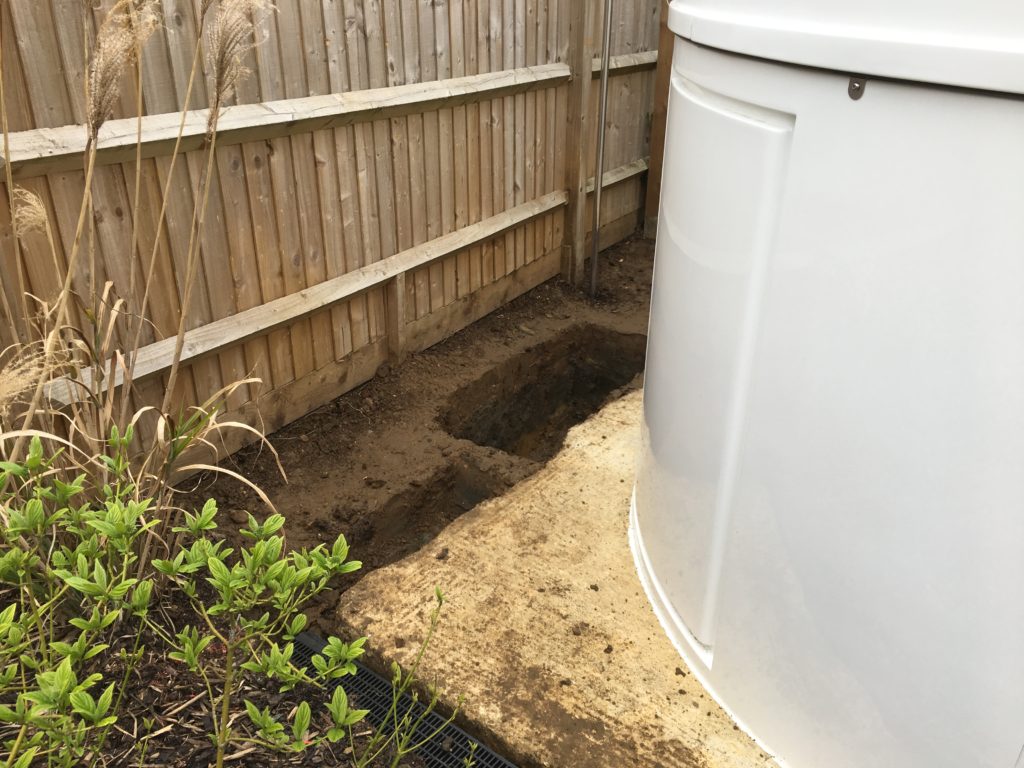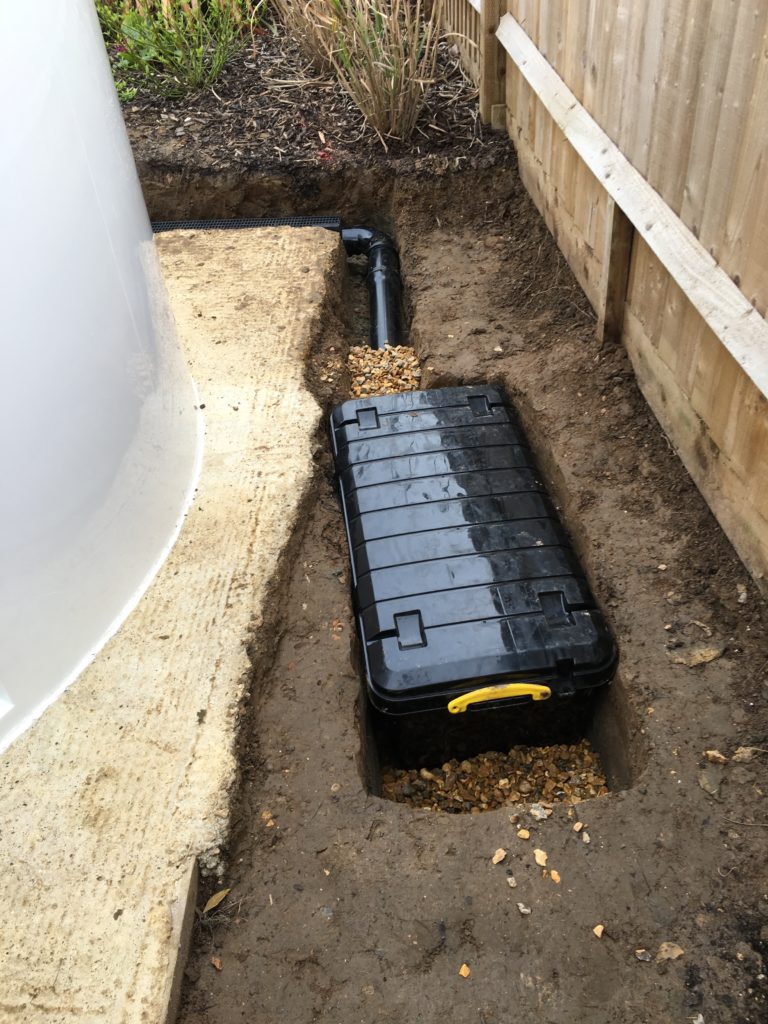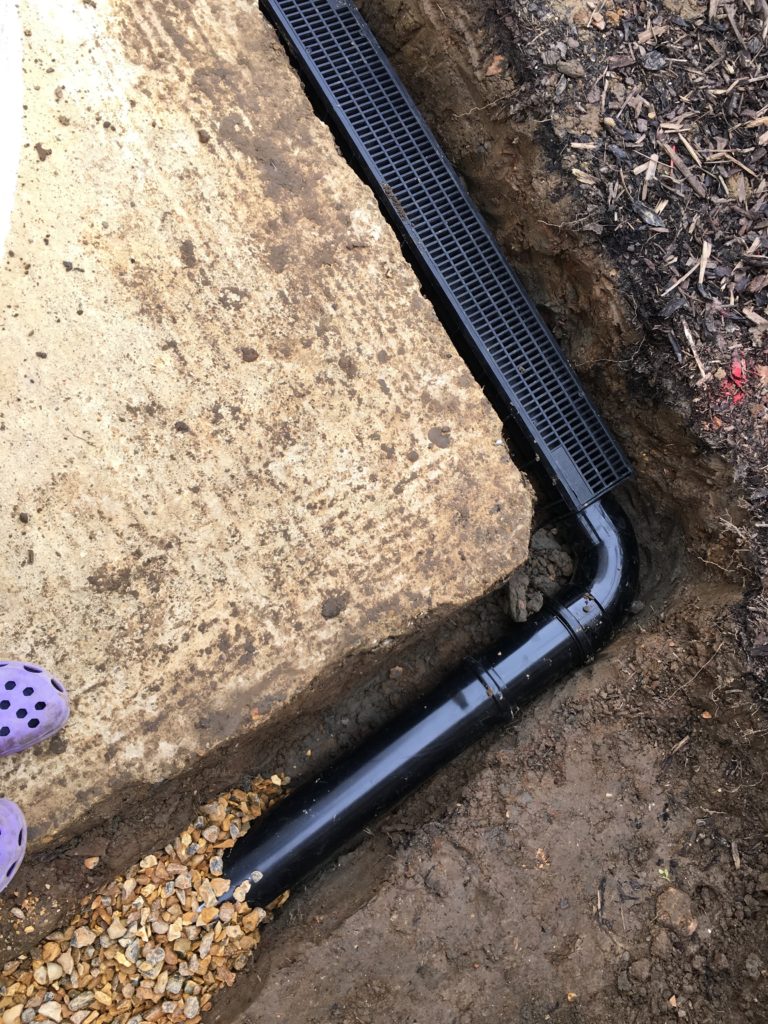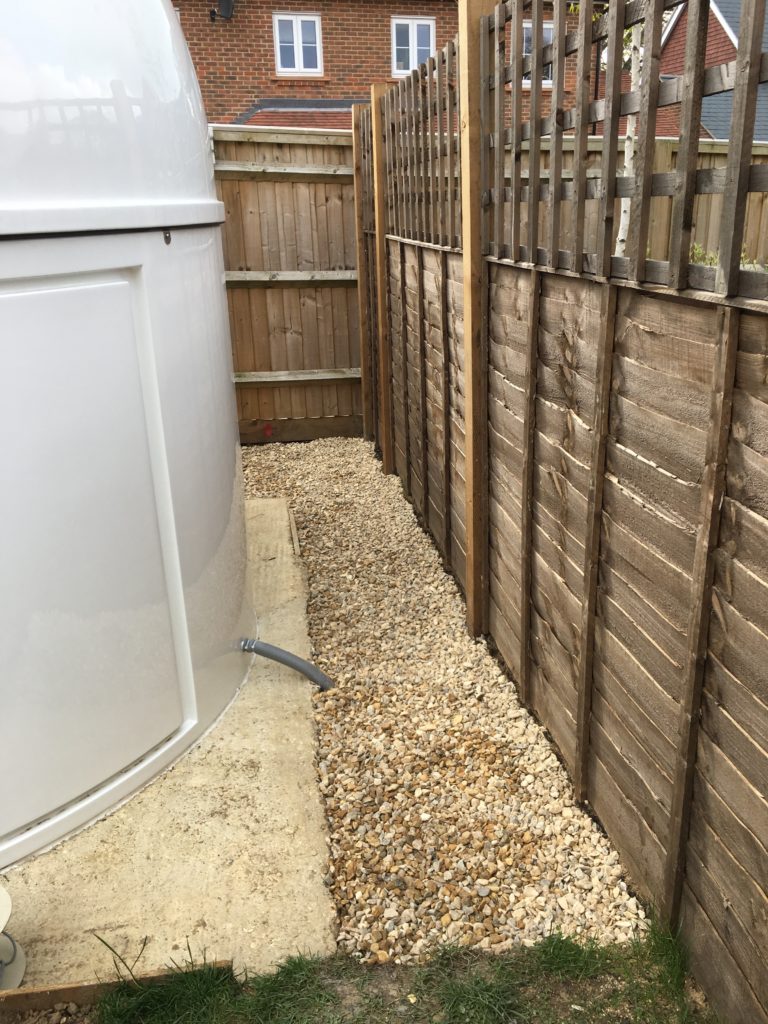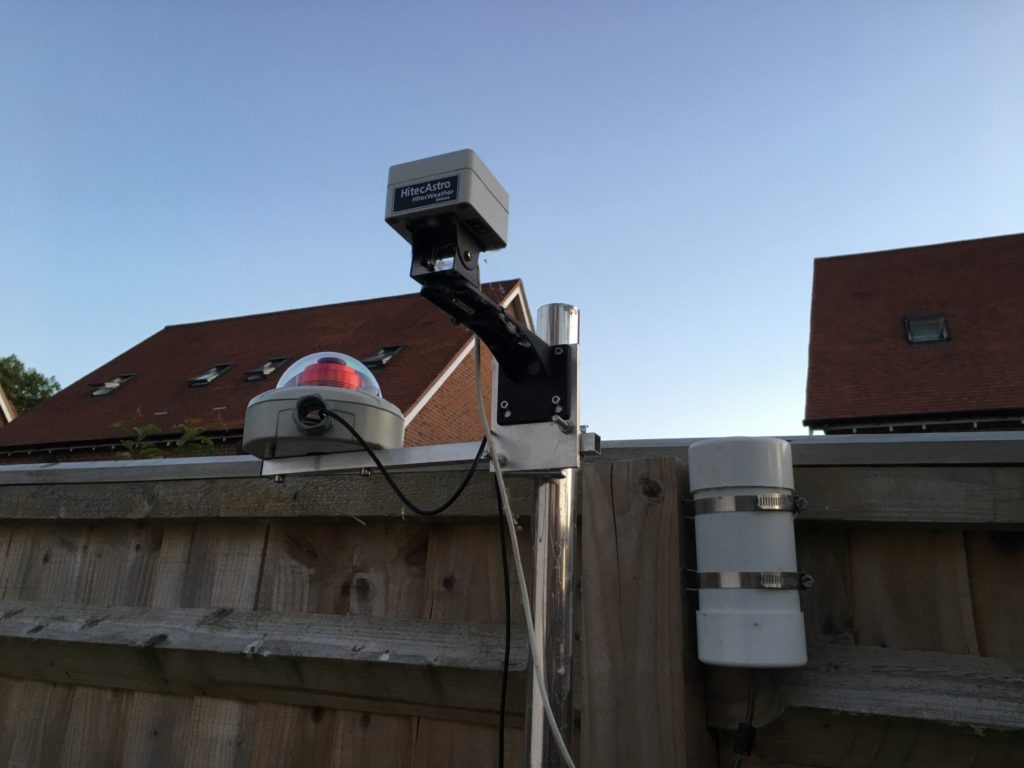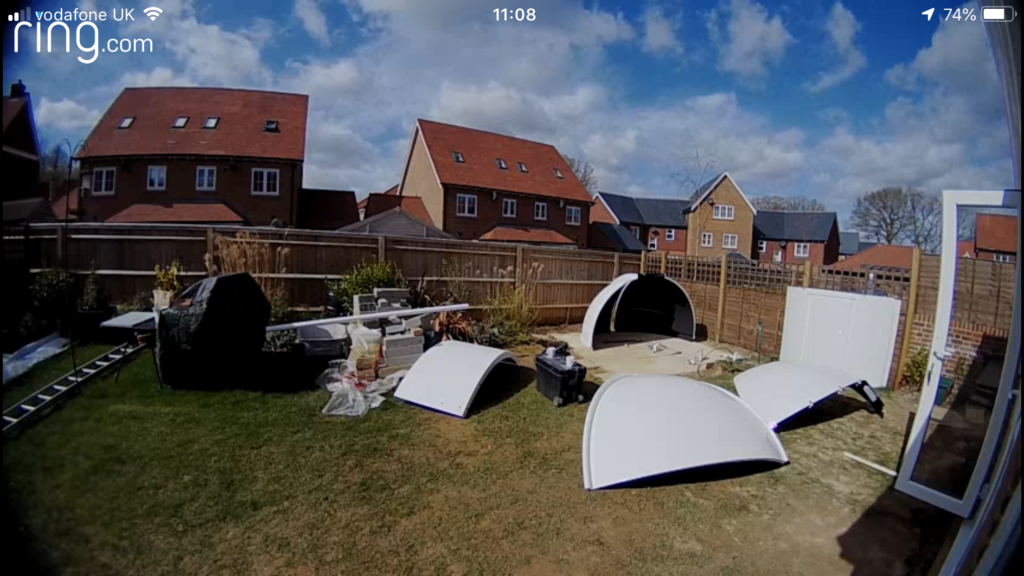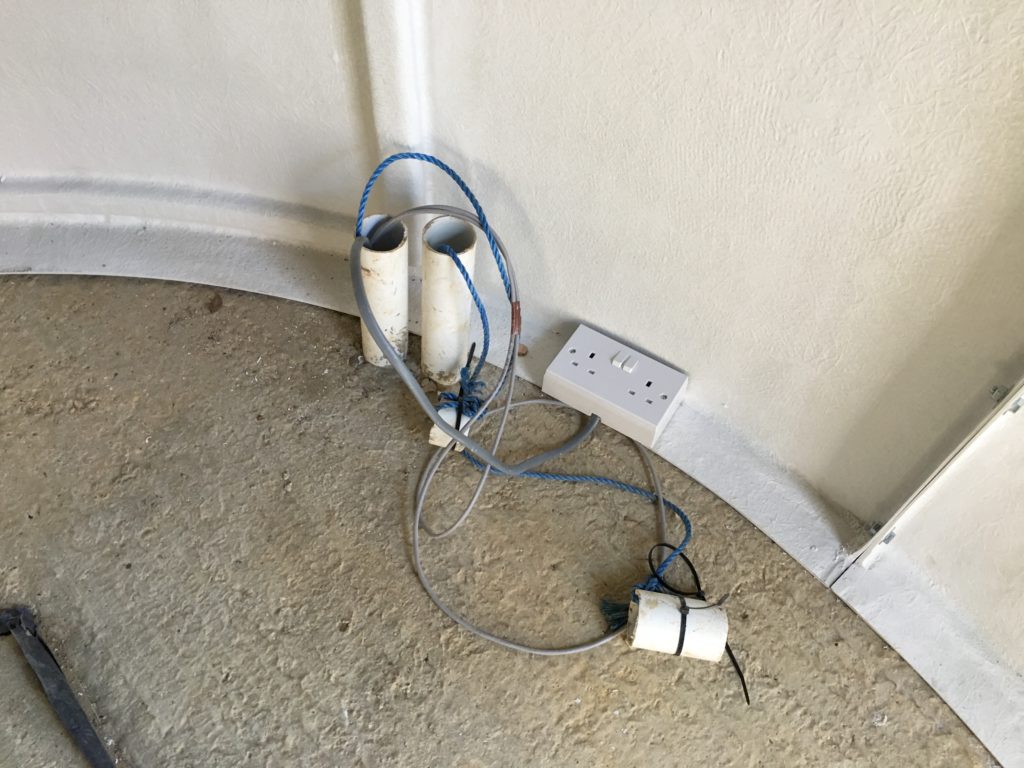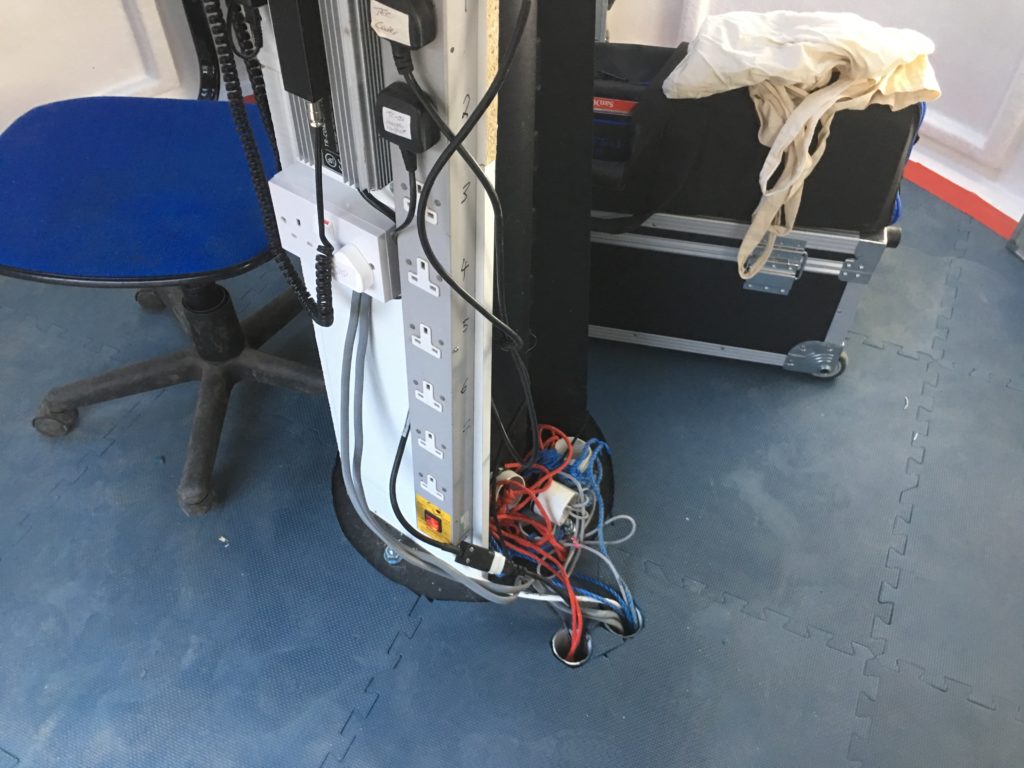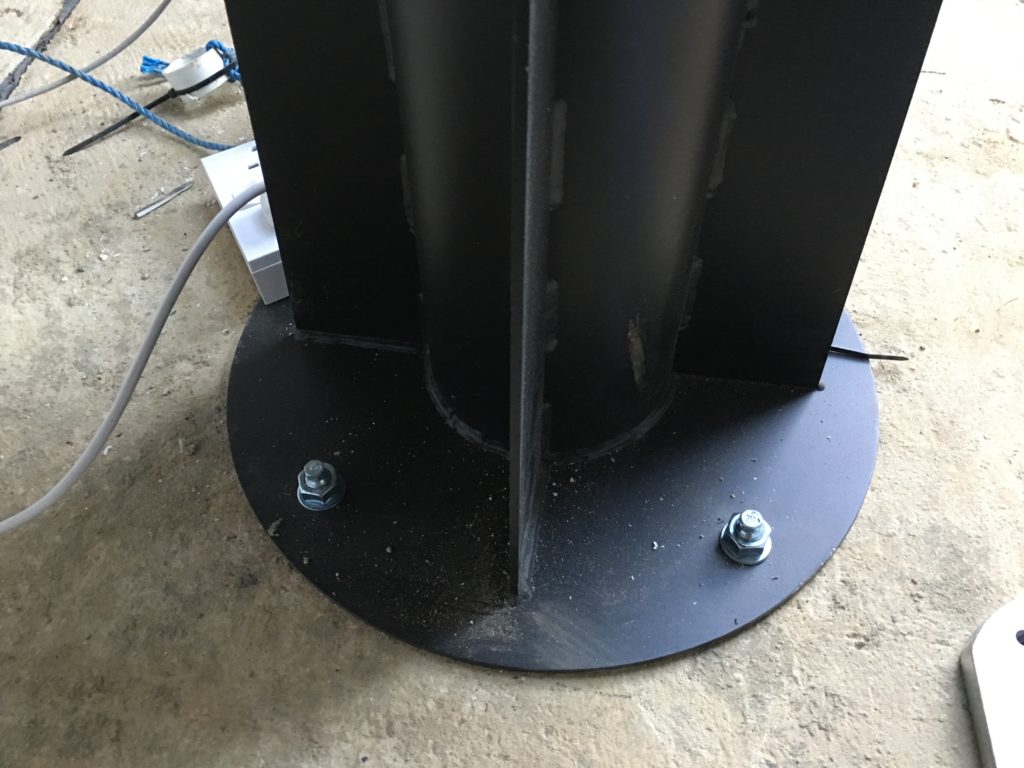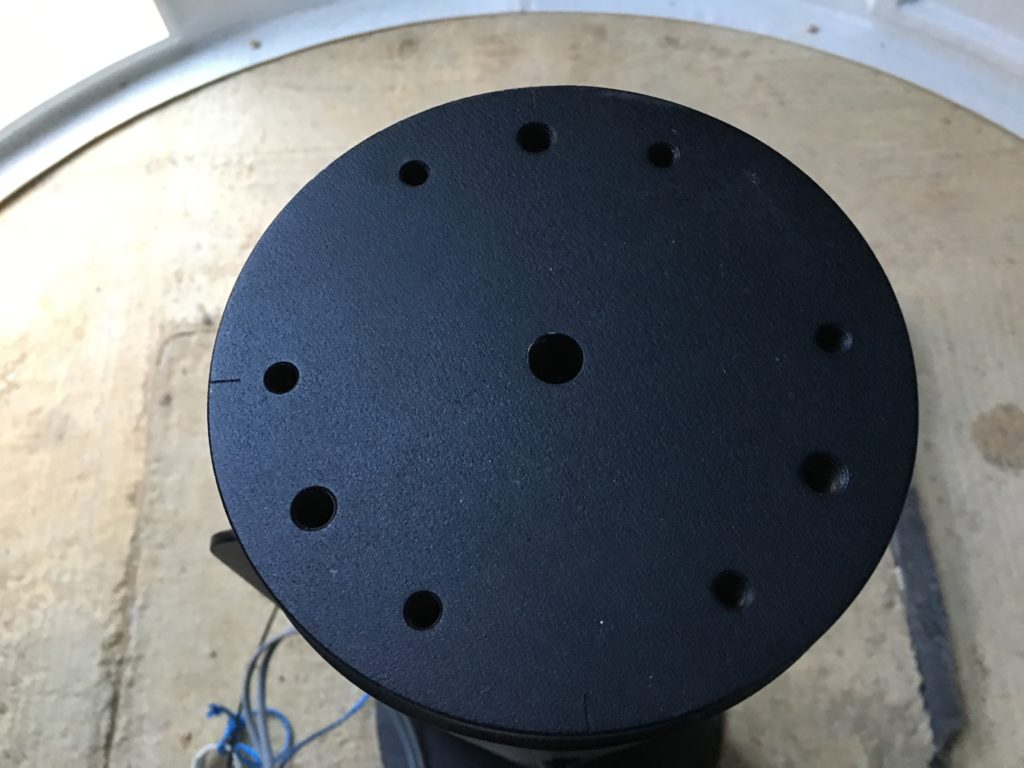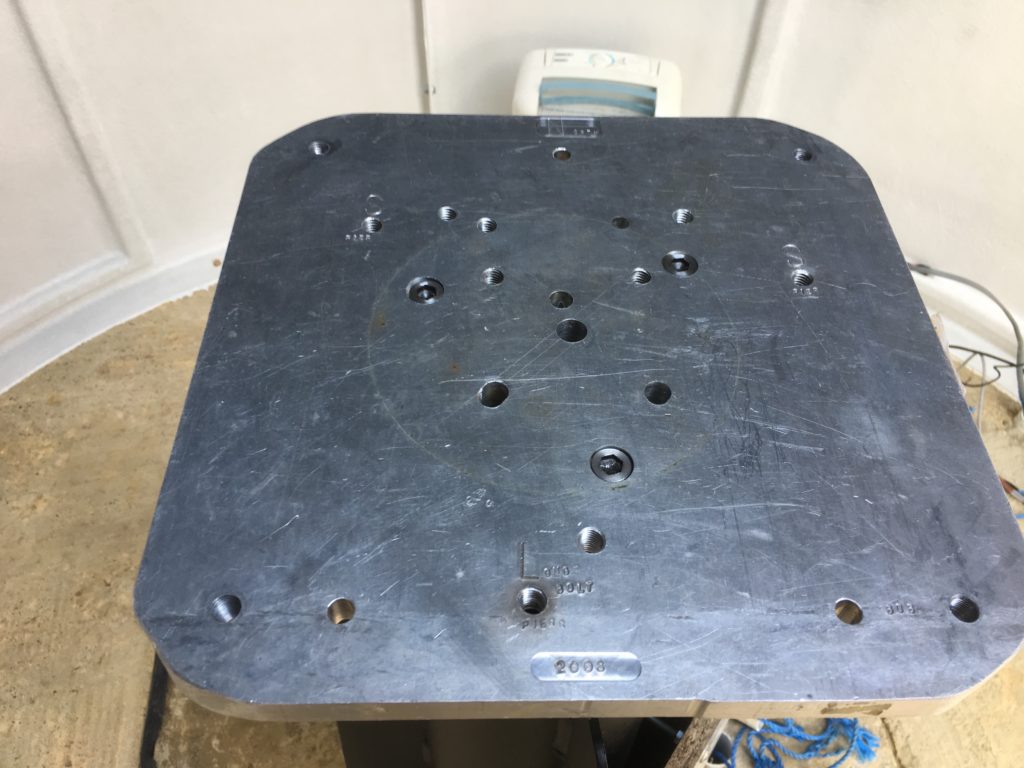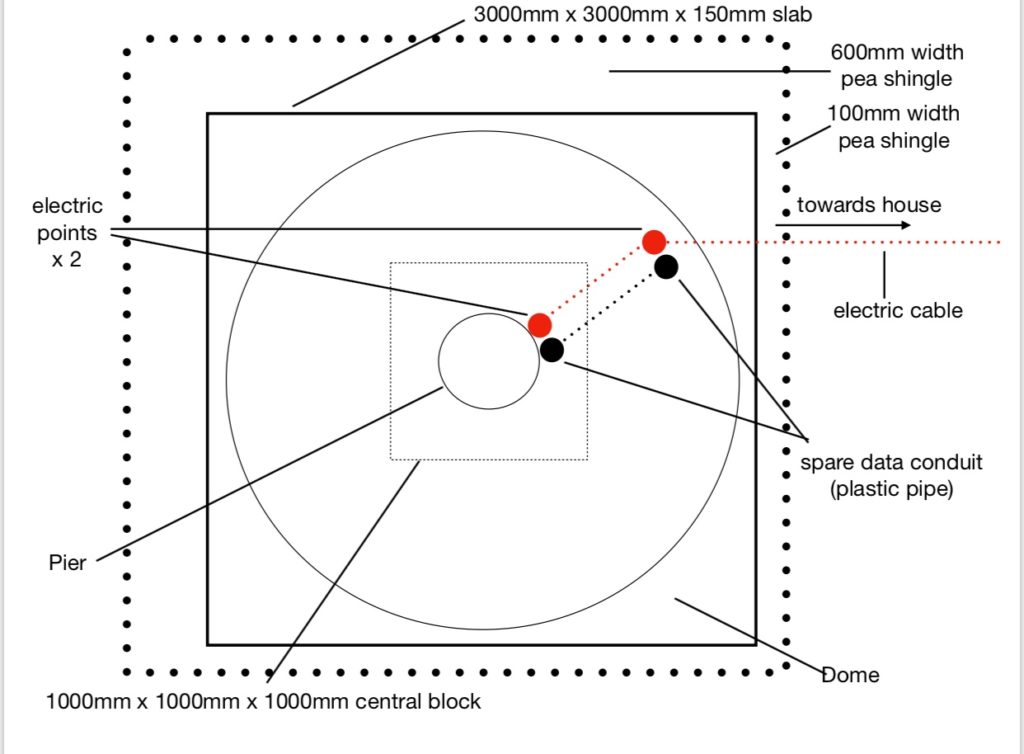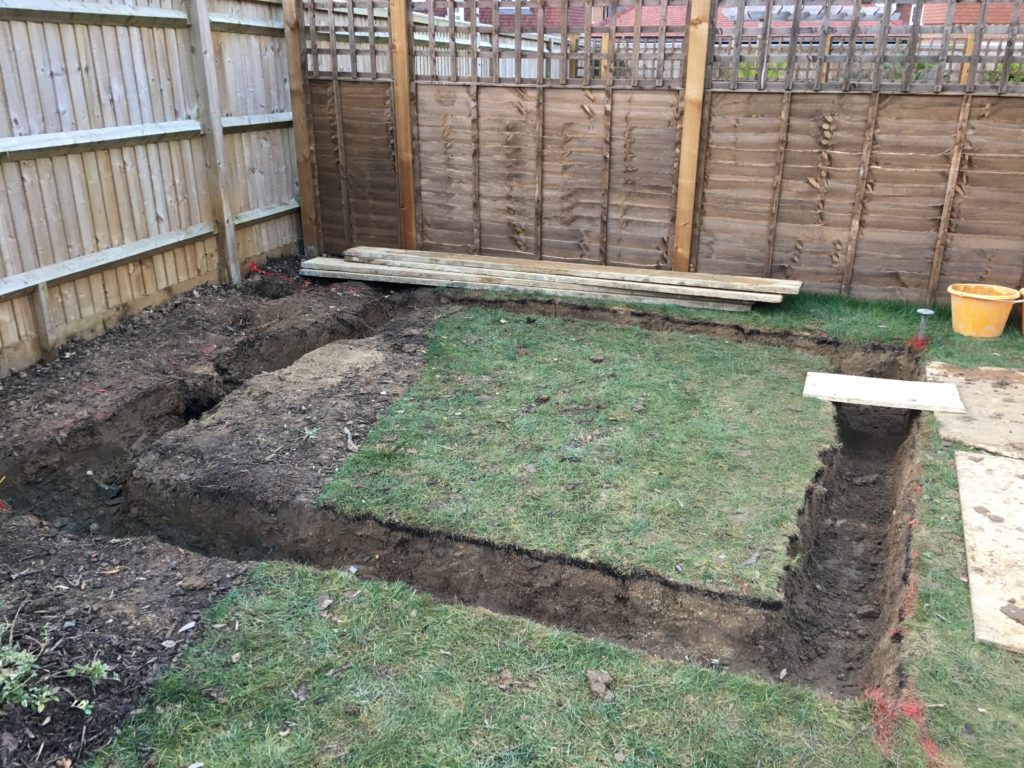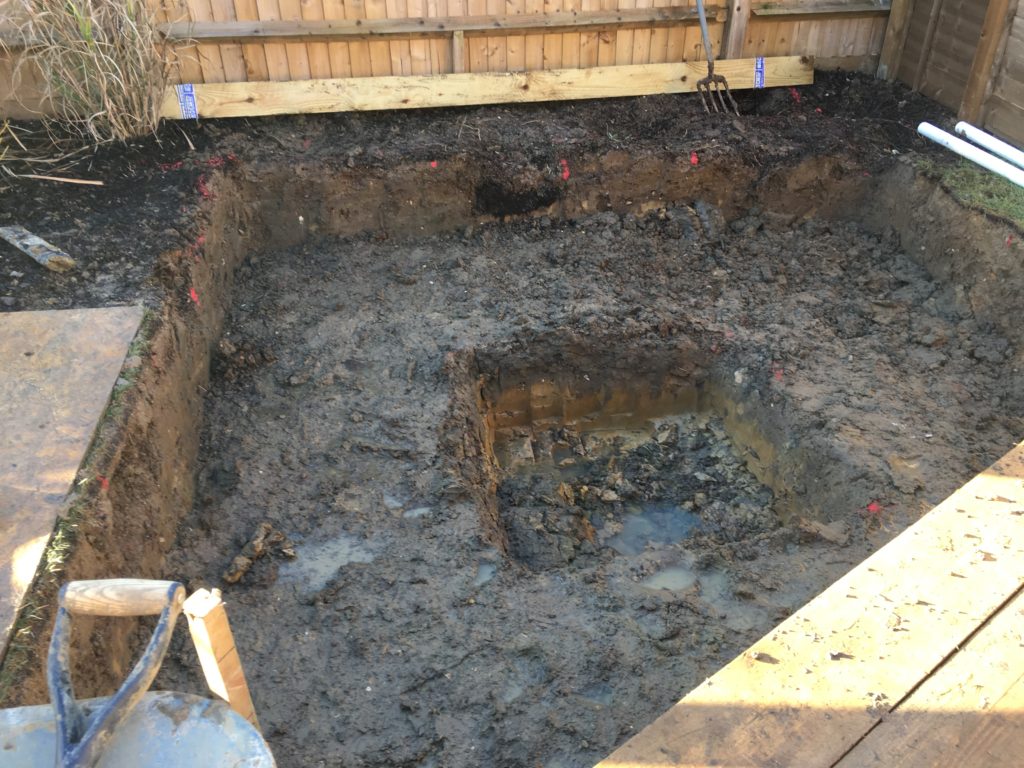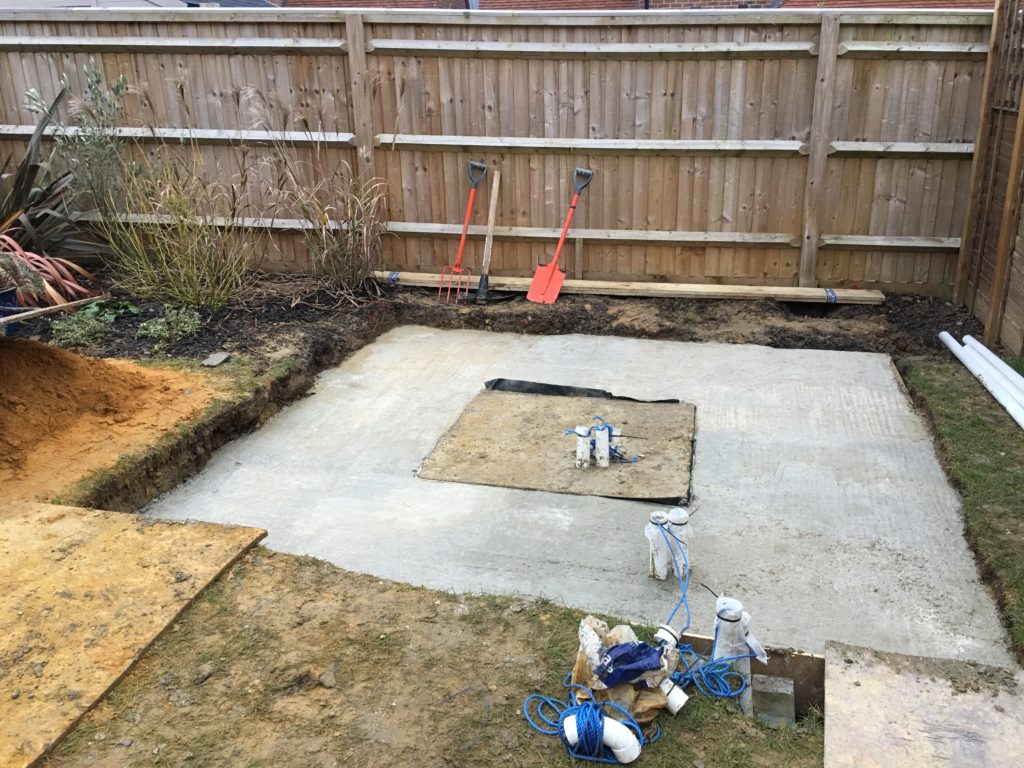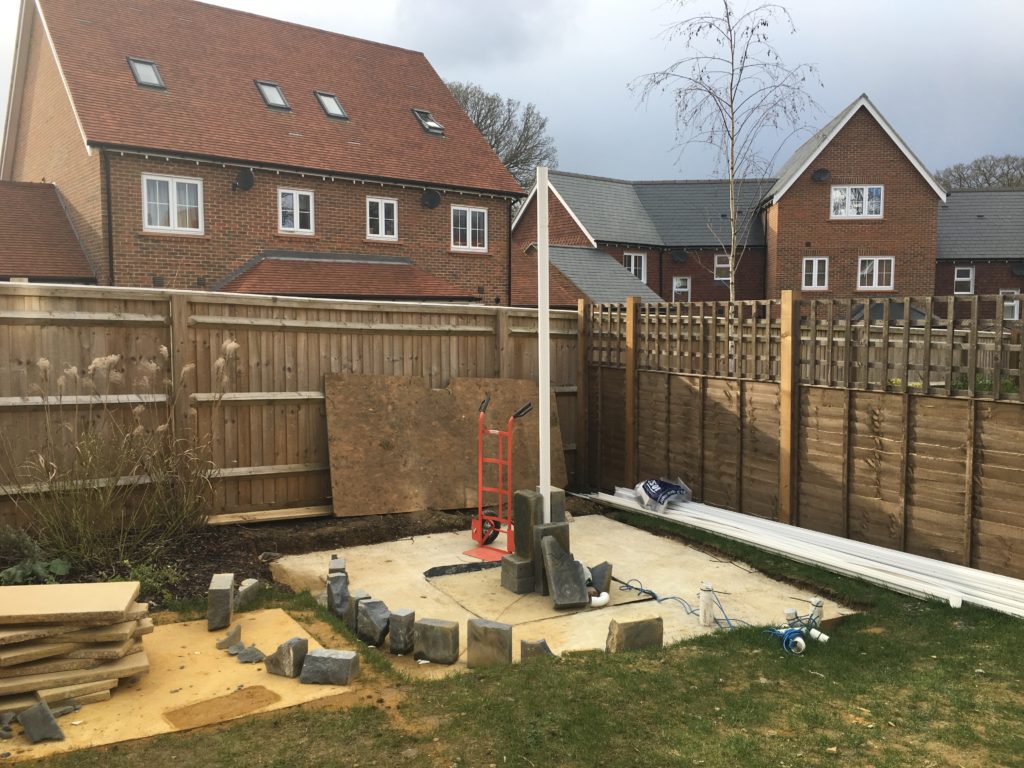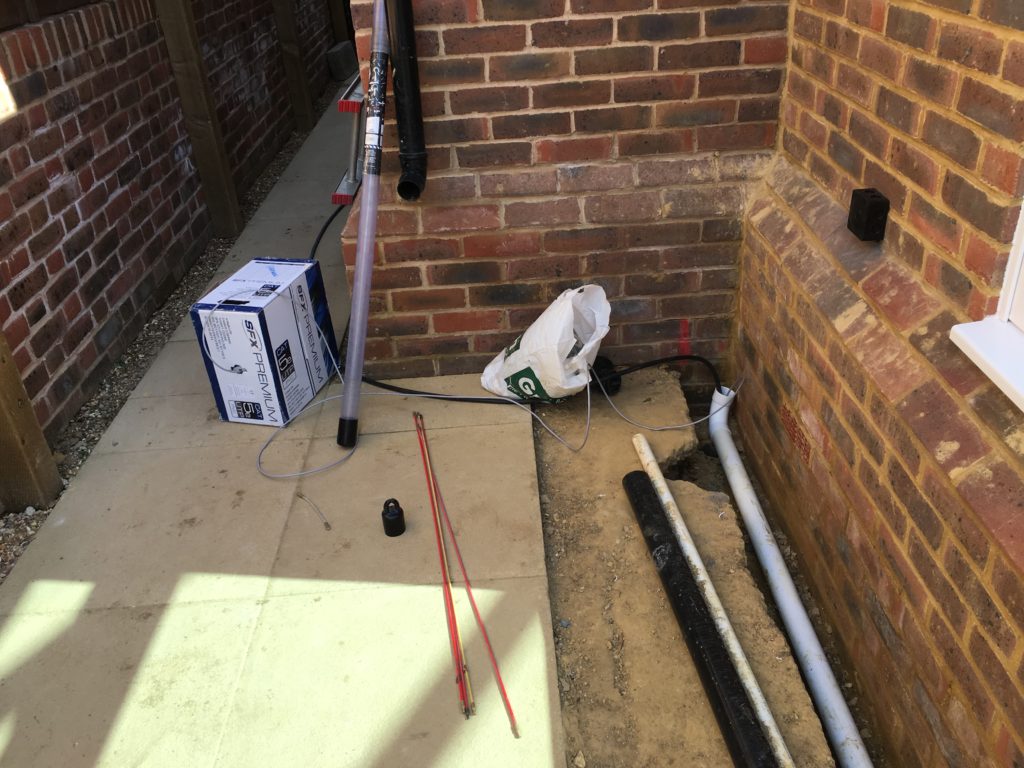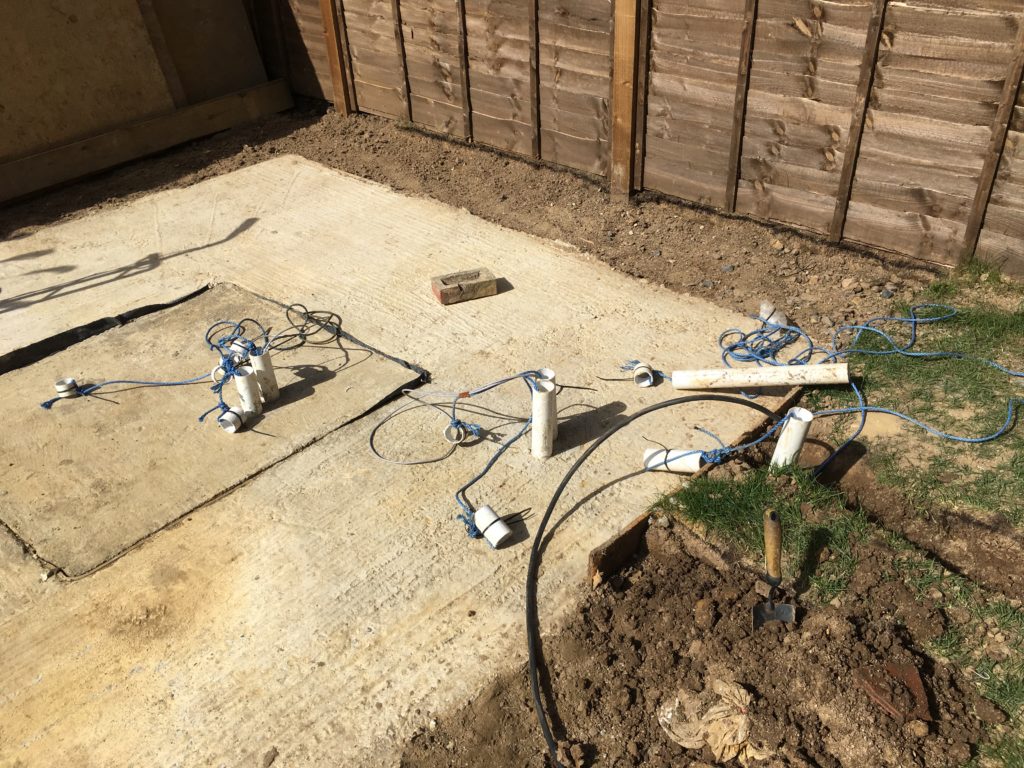Viewing time period – 21:15 – 02:15
There were two things I wanted to do tonight, one was to get first light with GingerGeek through the Skywatcher Esprit 120ED, the other was to setup my Esprit 120 on the MyT in the garden and grab a photo of the Moon to celebrate 50 years since Neil and Buzz stepped out onto the lunar surface. As a bonus I wanted to to get the guiding working on the MyT too.
As GingerGeek opened the dome on the IMT3 I setup the portable gear on the patio. I connected the setup to a 12V car battery to see how well it did at running the Mount and the camera. The initial voltage of the battery was 13.1v when I started. I connected the camera to EZCap and the Mount to TheSkyX (TSX).
Meanwhile GingerGeek opened the dome, connected the mount, opened the very geeky but cool Flip Flap covering the Esprit 120 and slewed to a bright star for deterring the focus and the position relative to the 12″ main scope.
Remarkably the focus was fairly near and after a few iterations GingerGeek managed to get the V curve sorted for good focus. Before this was done he setup the Luminance filter on the filter wheel control with SGPro that had not been configured. I then looked at the resulting image and determined the FoV within TSX. The field almost fits the 12″ and so the position is fairly close, close enough for solving and being in the right area for imaging. There was an error by SGPro complaining about 800px difference with what was to be expected, the problem being the difference in the angle of the Esprit 120 vs where the mount knows it is pointing as shown through the 12″.
Despite that we managed to take an image and then move on to see if we could guide with the 12″ off-axis guider for the Esprit. This worked a little but the guider graph was way off at various points, I believe this is potentially either a setup issue on the guider and/or the fact that we are too frequently taking too many images to correct and thus chasing the seeing. I will look at this next time are out.
Back on the portable setup, I managed to very quickly connect, perform polar alignment using the PoleMaster and the new bracket I fitted. I then slewed to a star which was not quite in the FoV so I need to spend more time on this next time I am out. No problems though, I nudged the scope and found the star. Performing a sync on this solved any further slewing problems.
I then waited for the Moon to come up over the roof tops which was unfortunately not until 2am of the 21st thus slightly missing the landing date of 20th by 2 hours (Eagle landed at 9:17pm BST) but non the less still obtaining an image of the Moon to celebrate the 50th anniversary of the first lunar landing at the time Neil put that famous foot on the Moon at 1:56am BST on the 21st July 1969 🙂
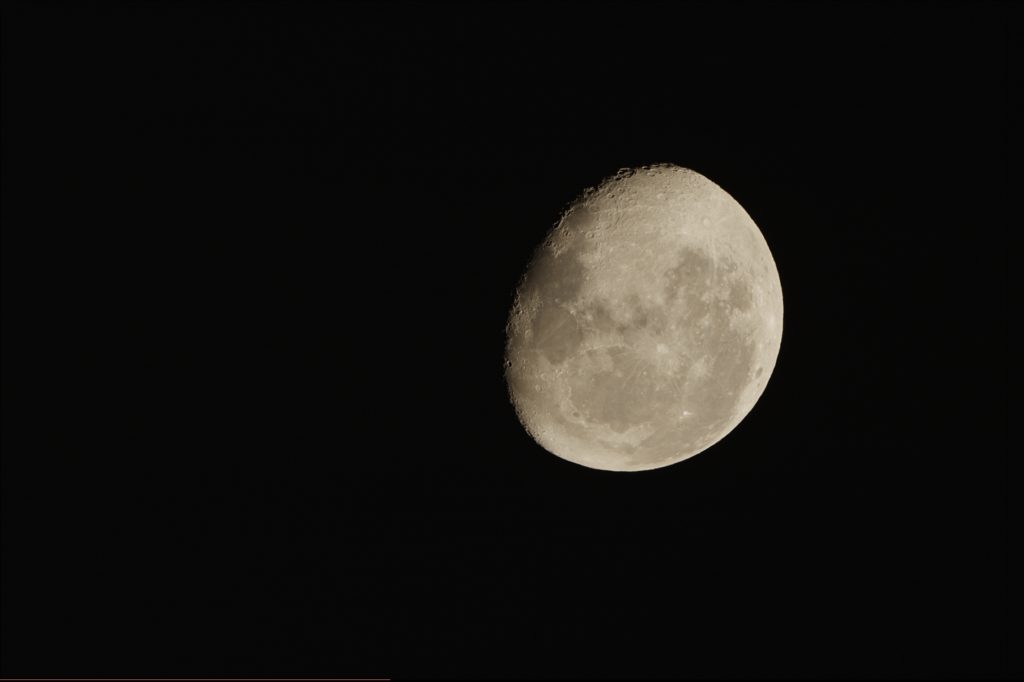
GingerGeek managed to get a few images but nothing much was showing on them especially the Elephant Trunk nebula he was imaging, I suspect, but am not sure, the wrong filter was selected so probably OIII rather than Ha as a previous Frame and Focus command through SGPro for 15 seconds showed the Elephant Trunk, at this point we were taking 10 minute exposures so it should have easily been visible. Again another problem to sort next time we are out.


